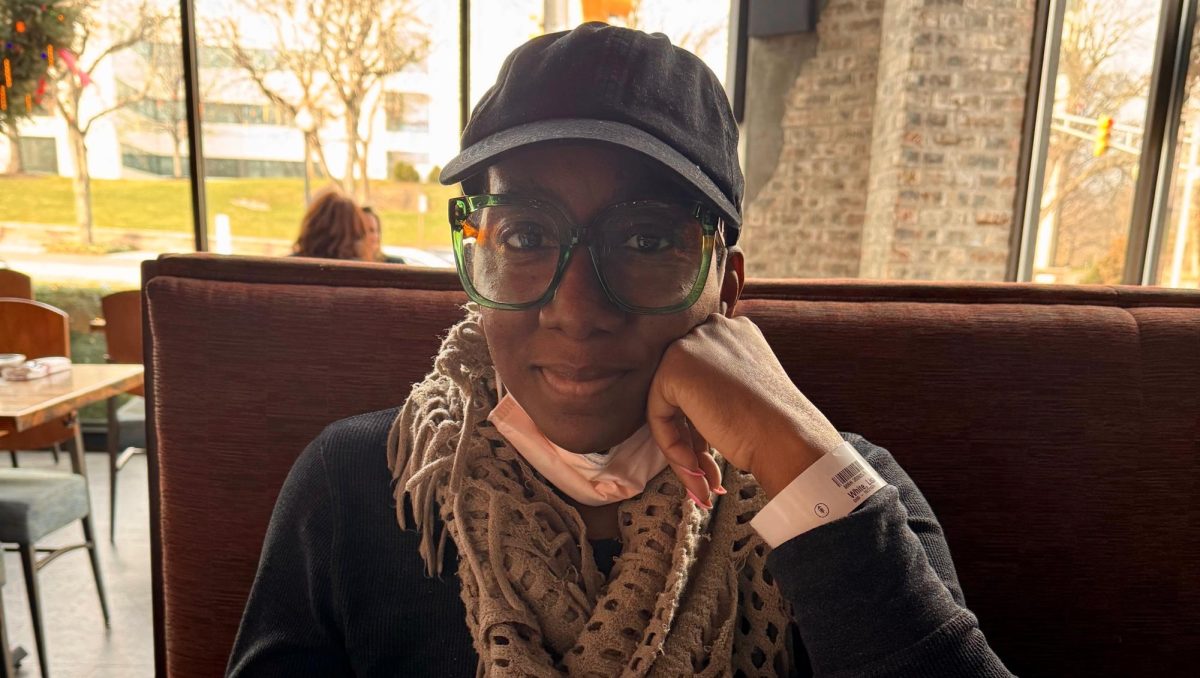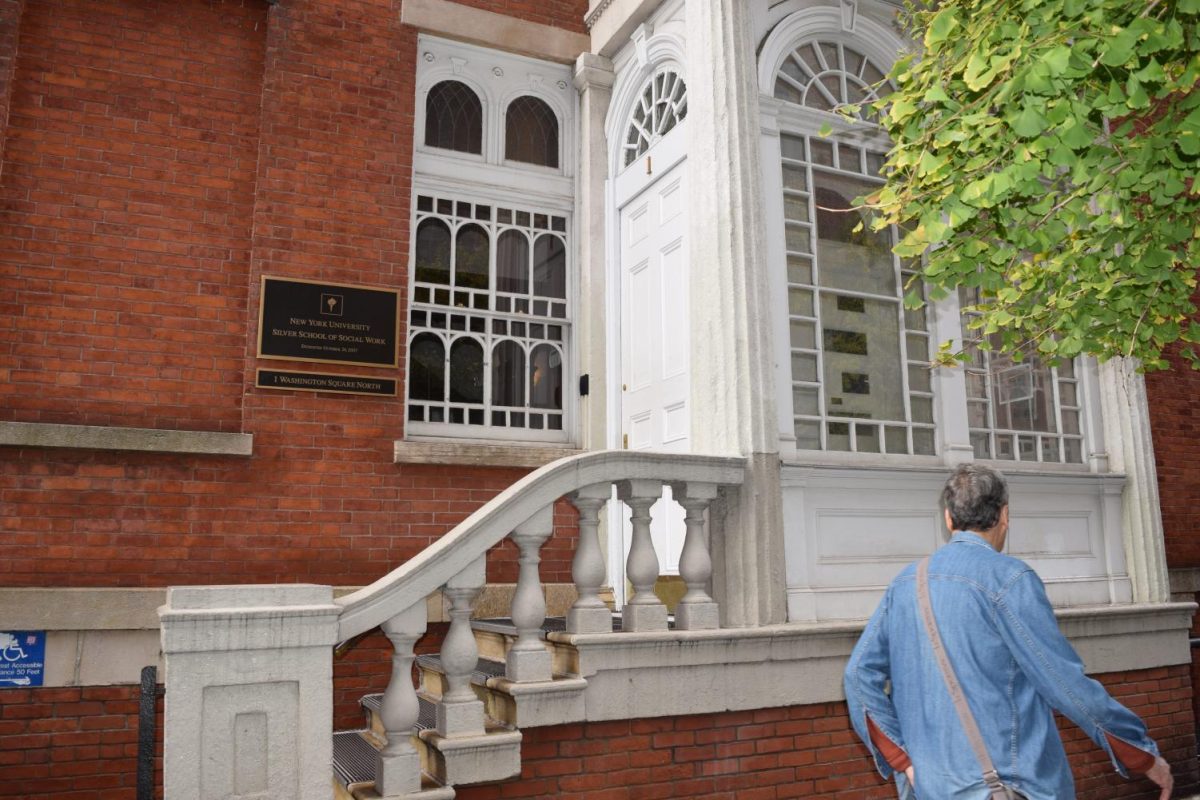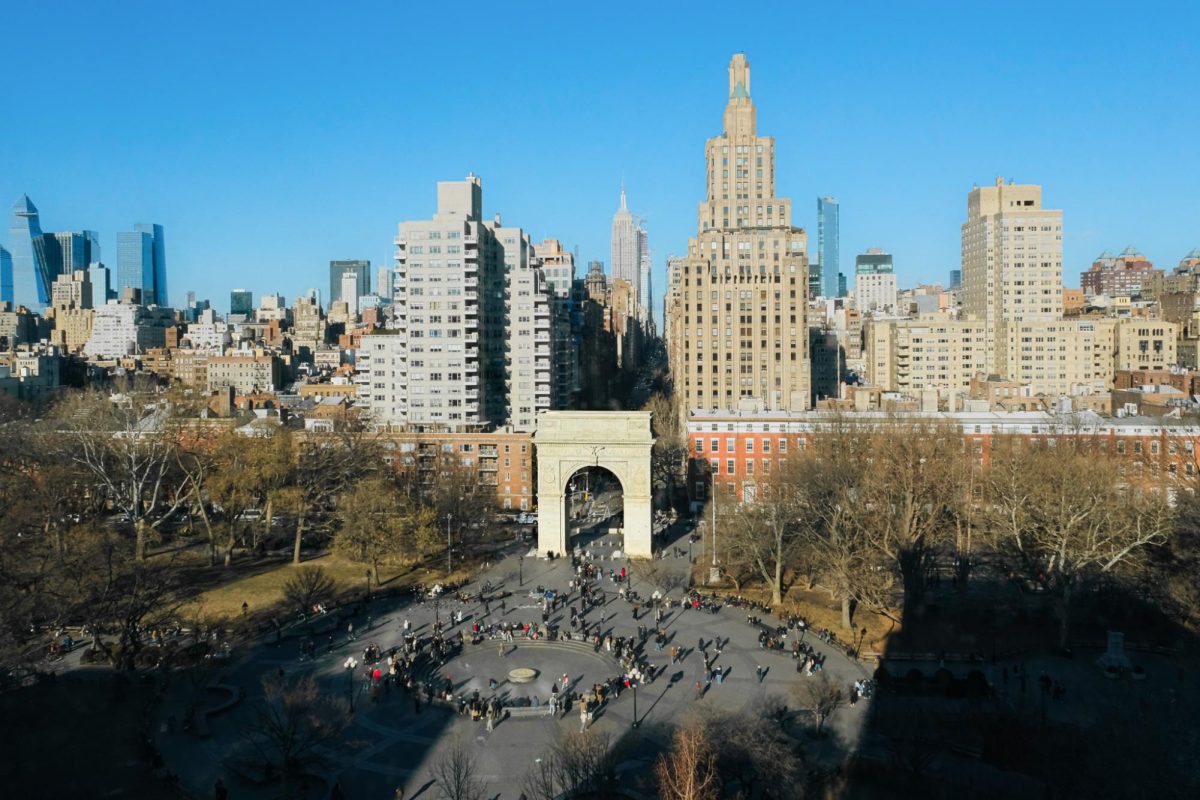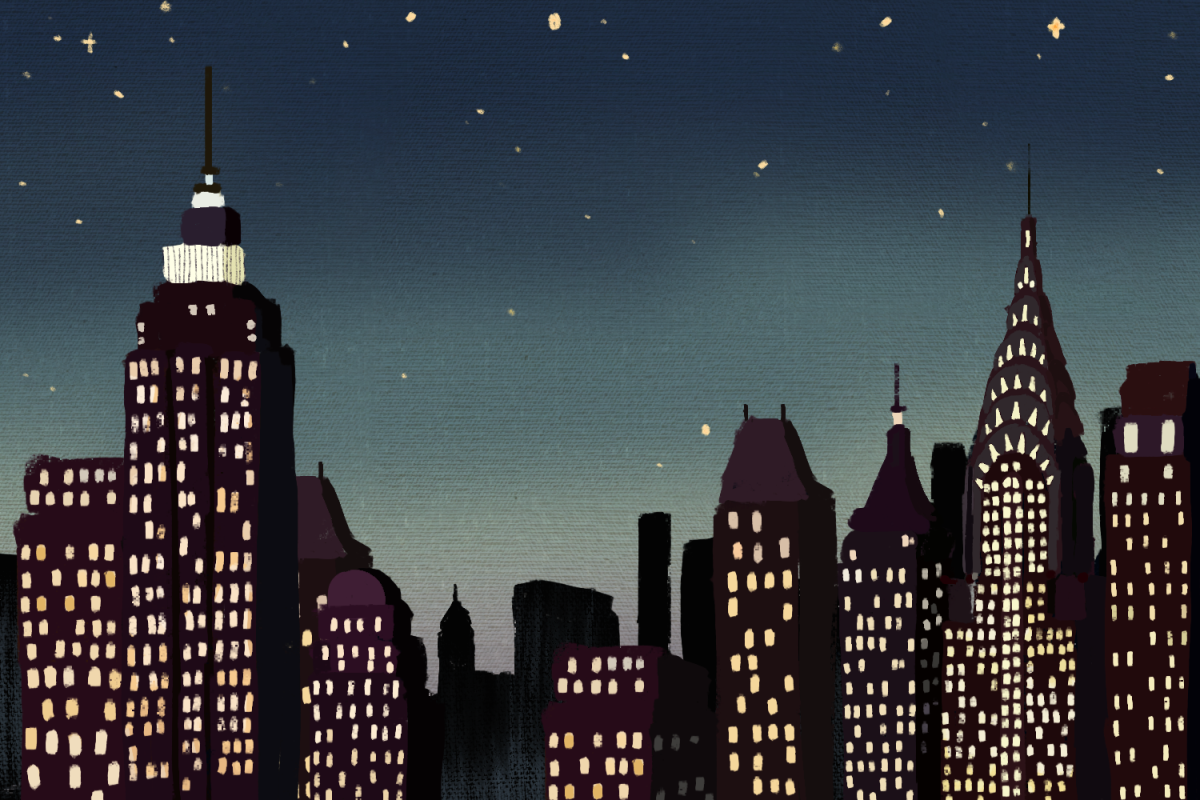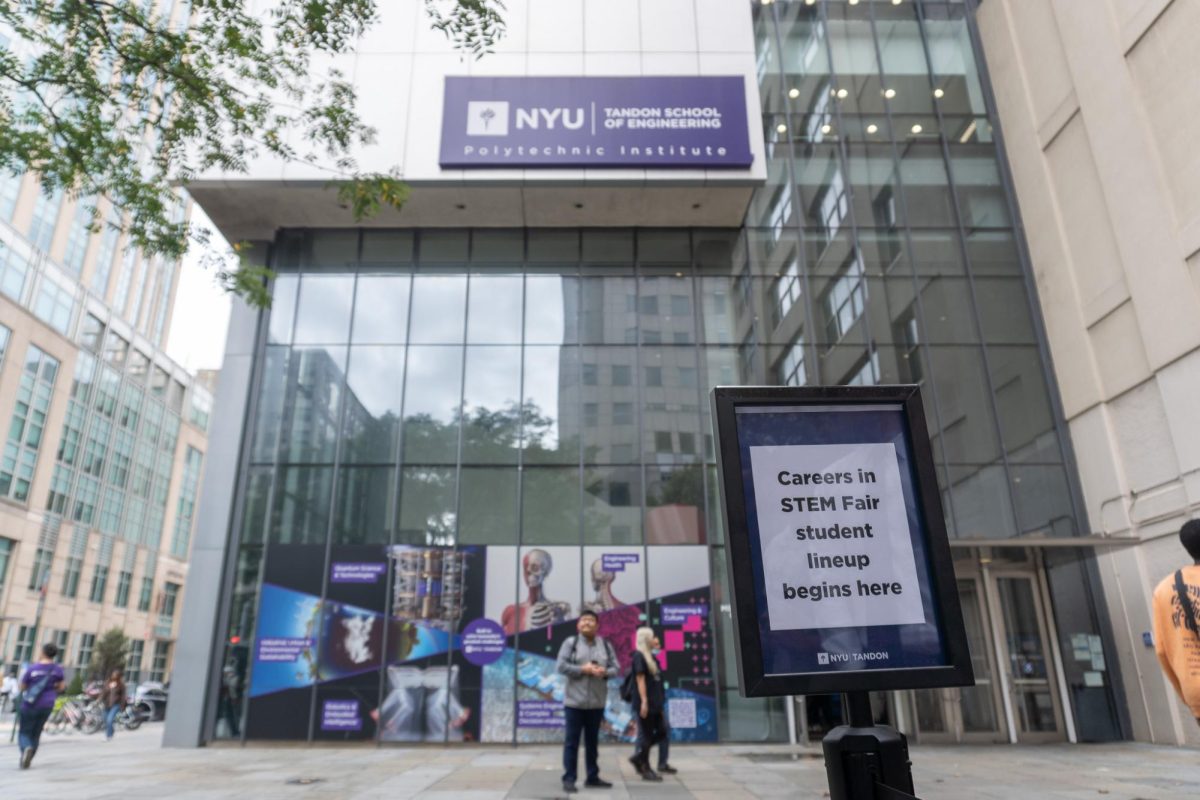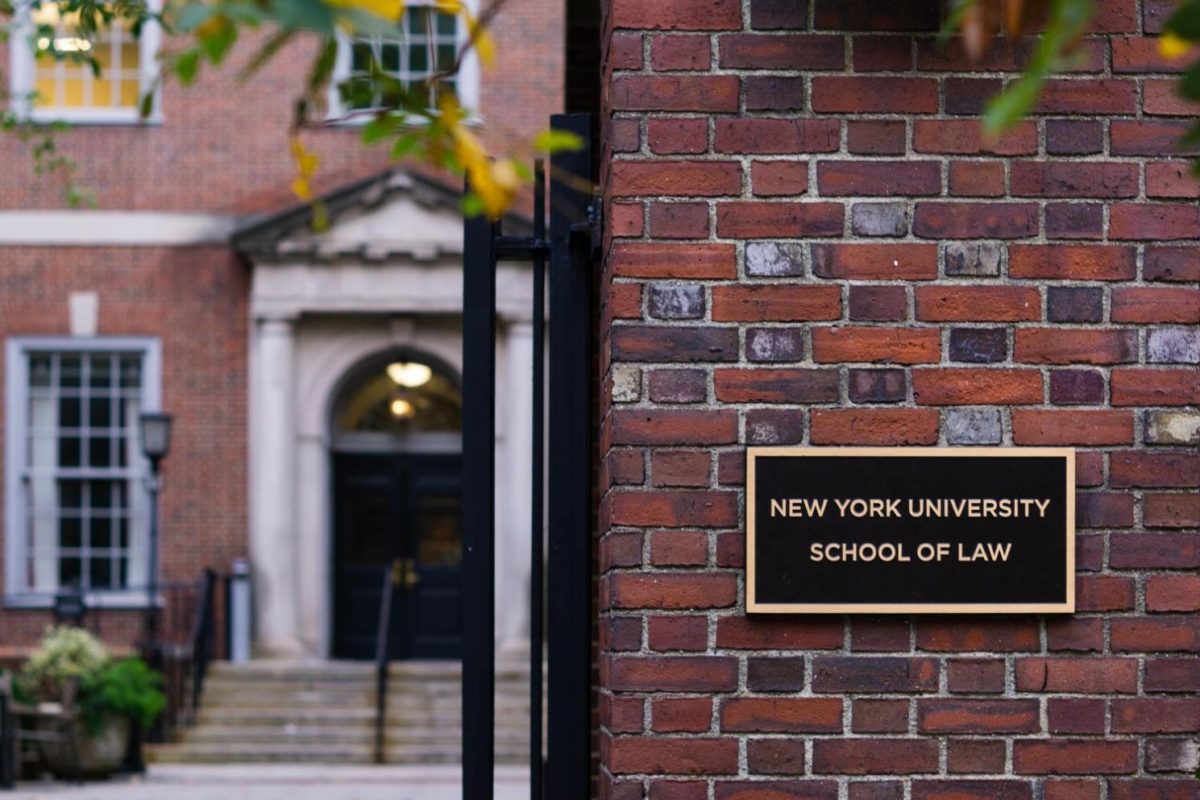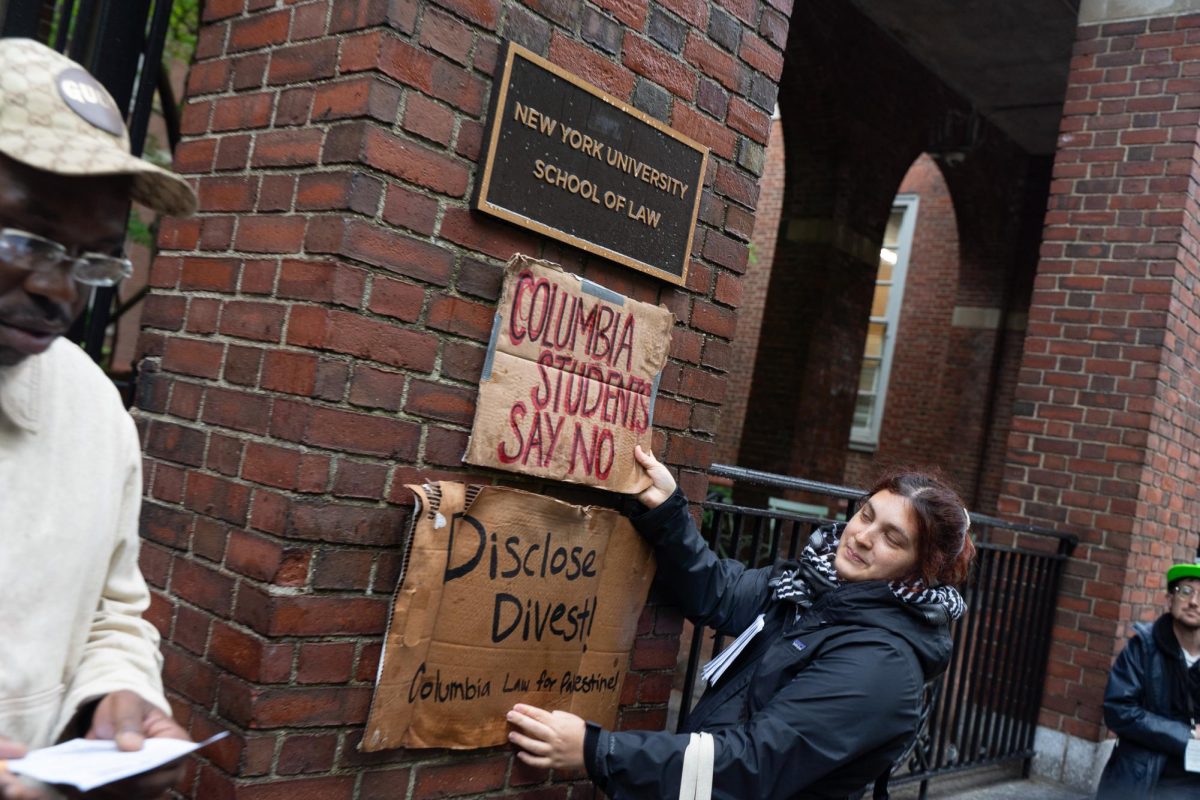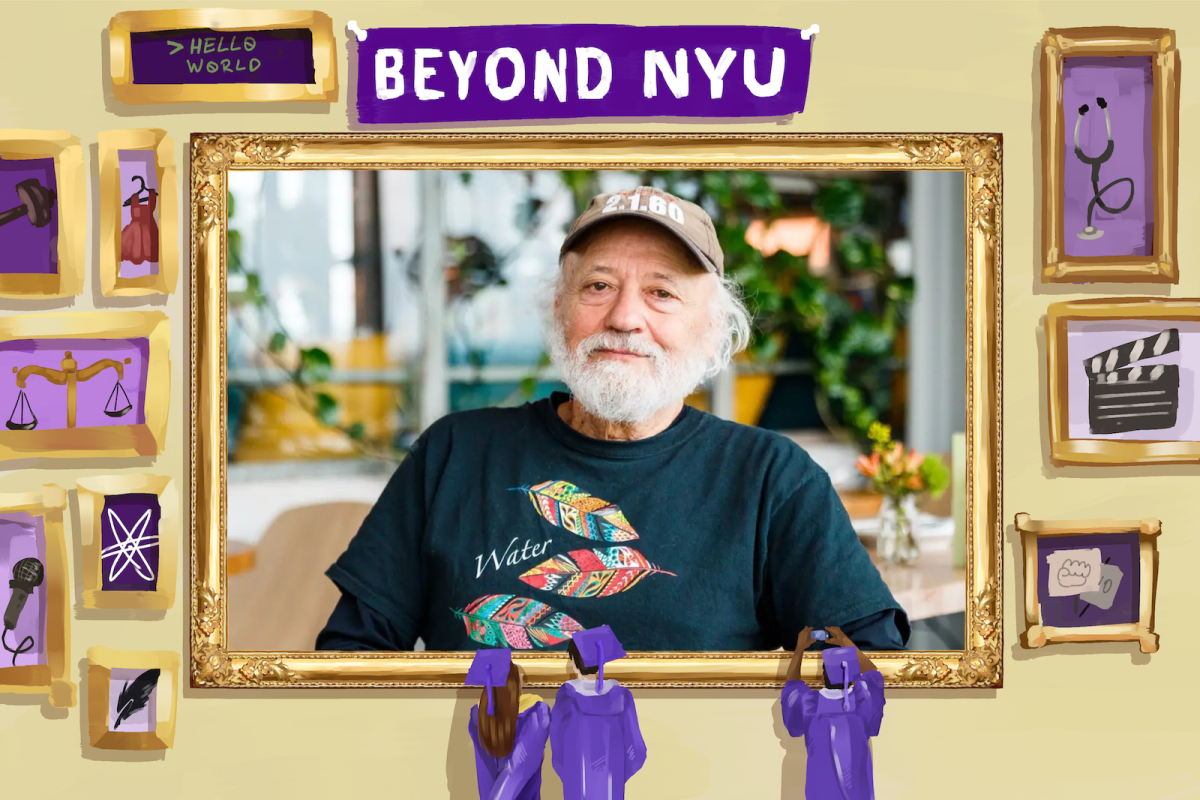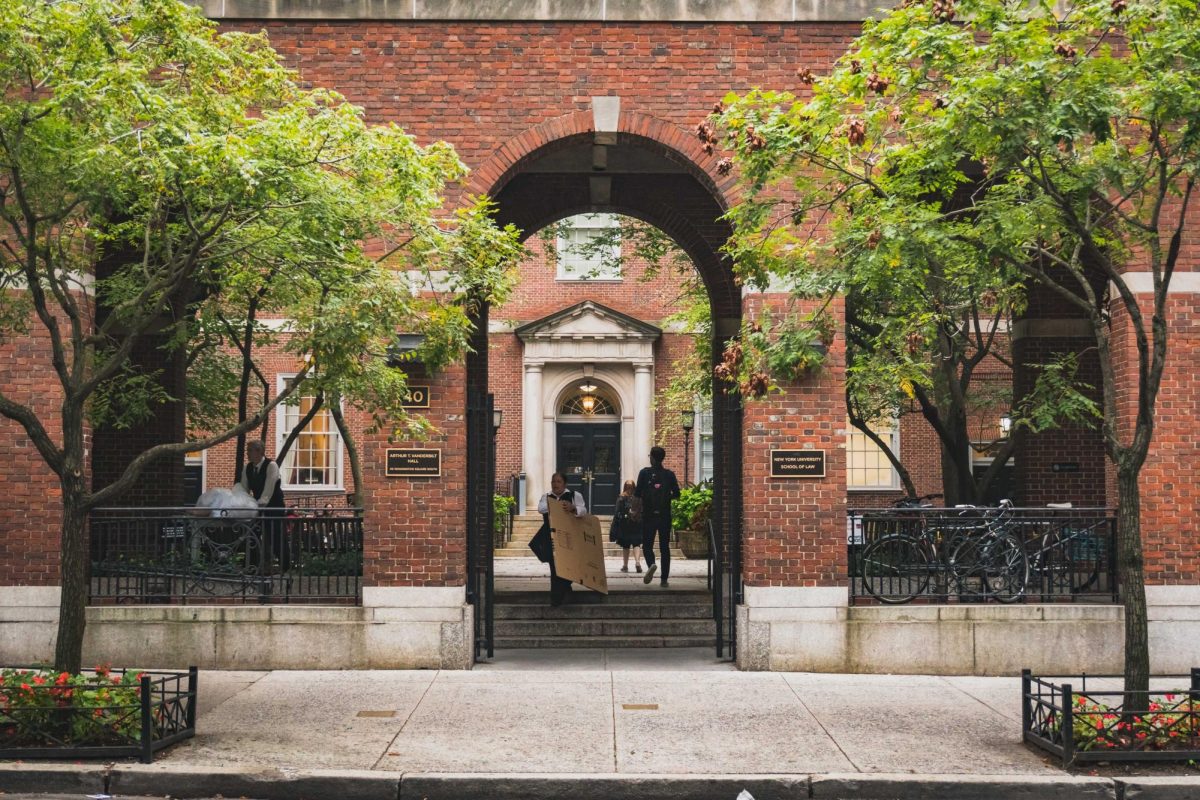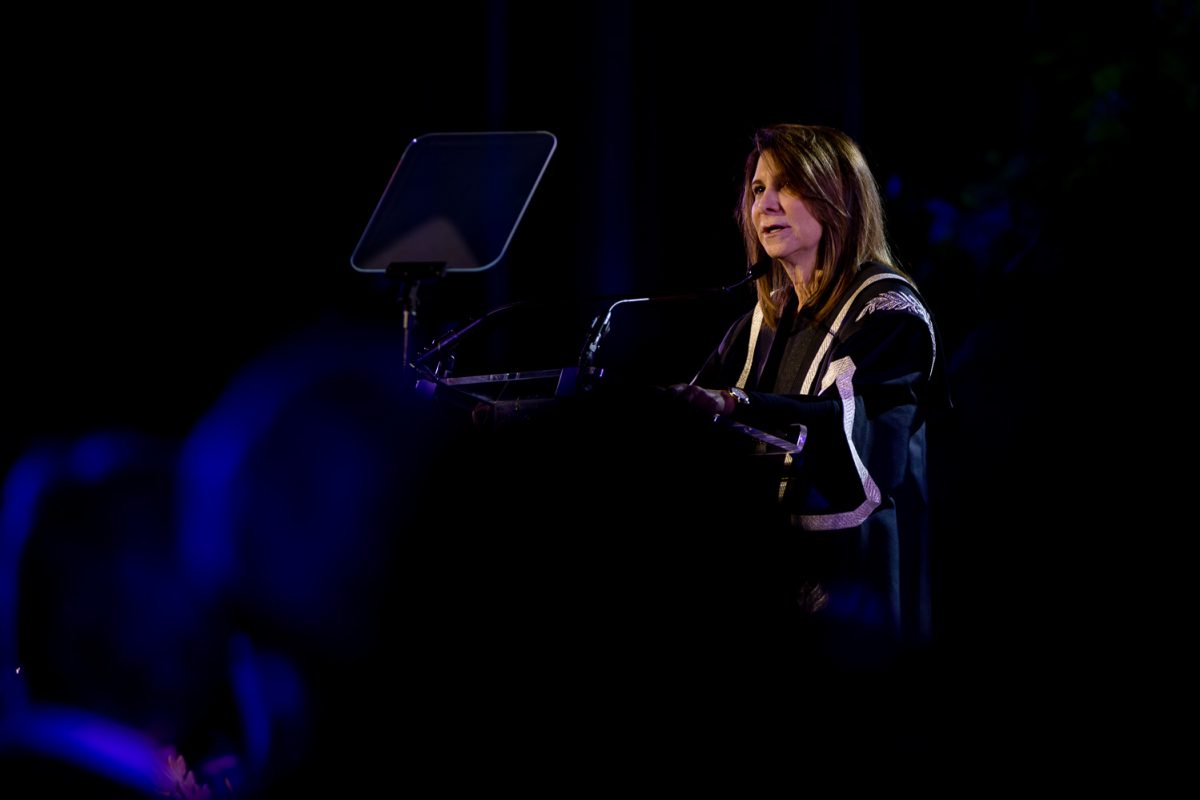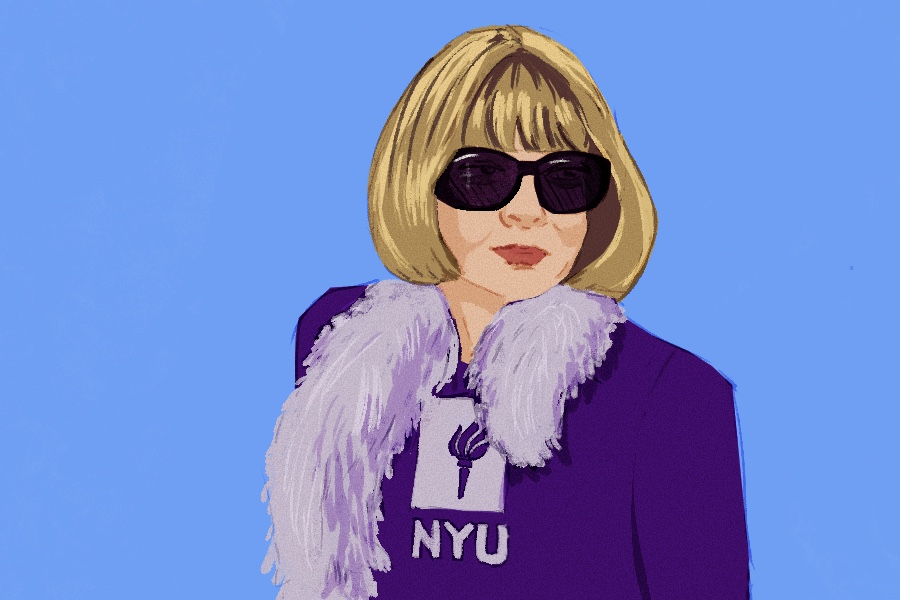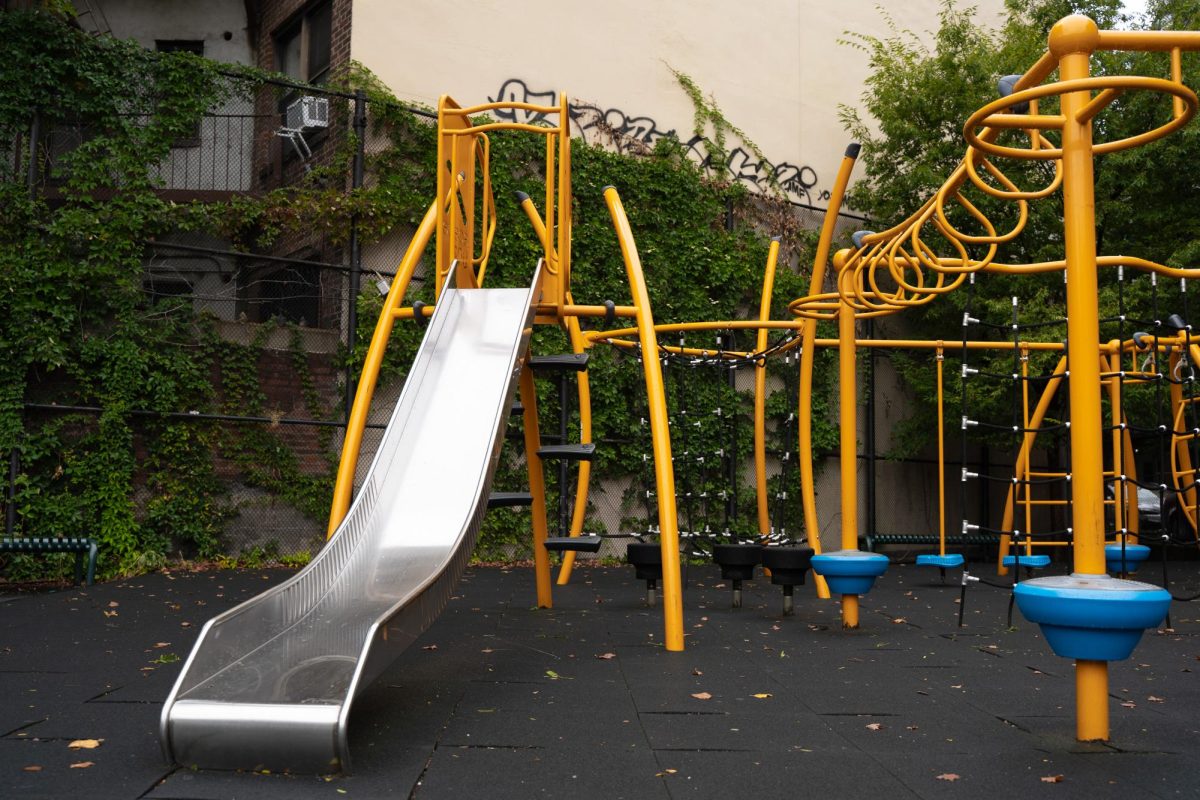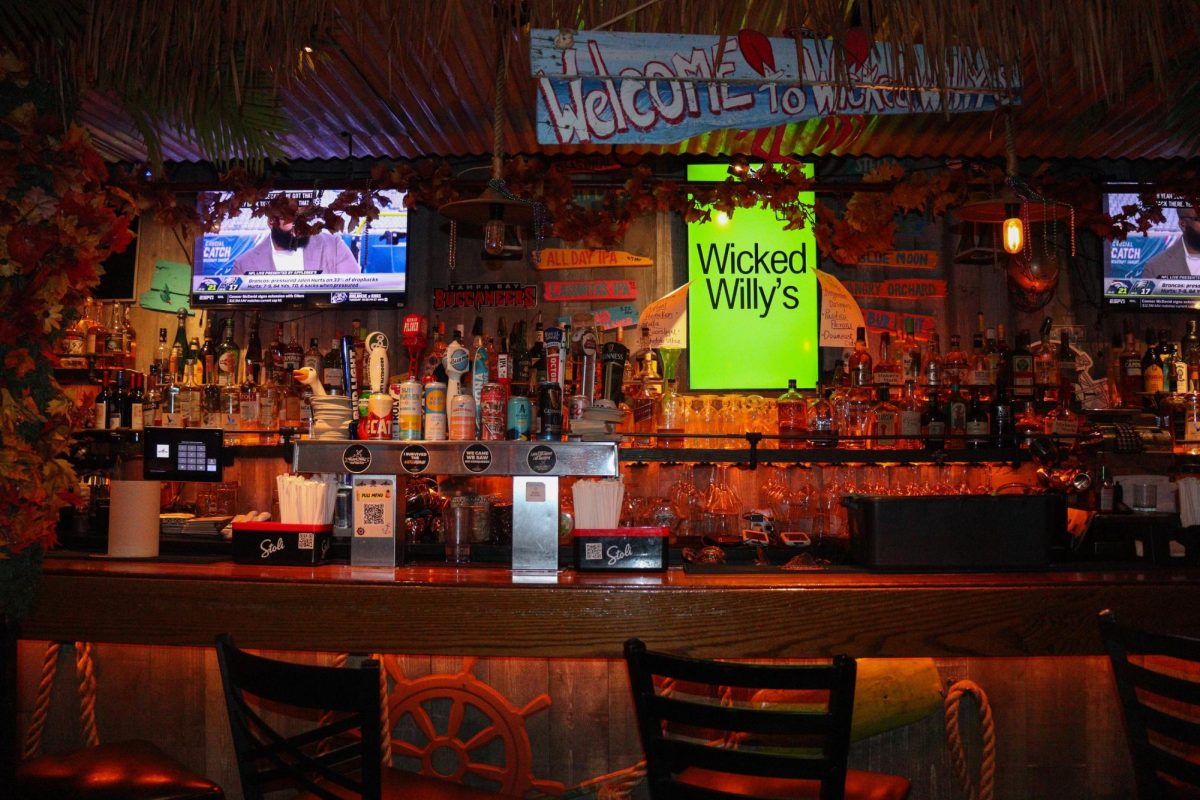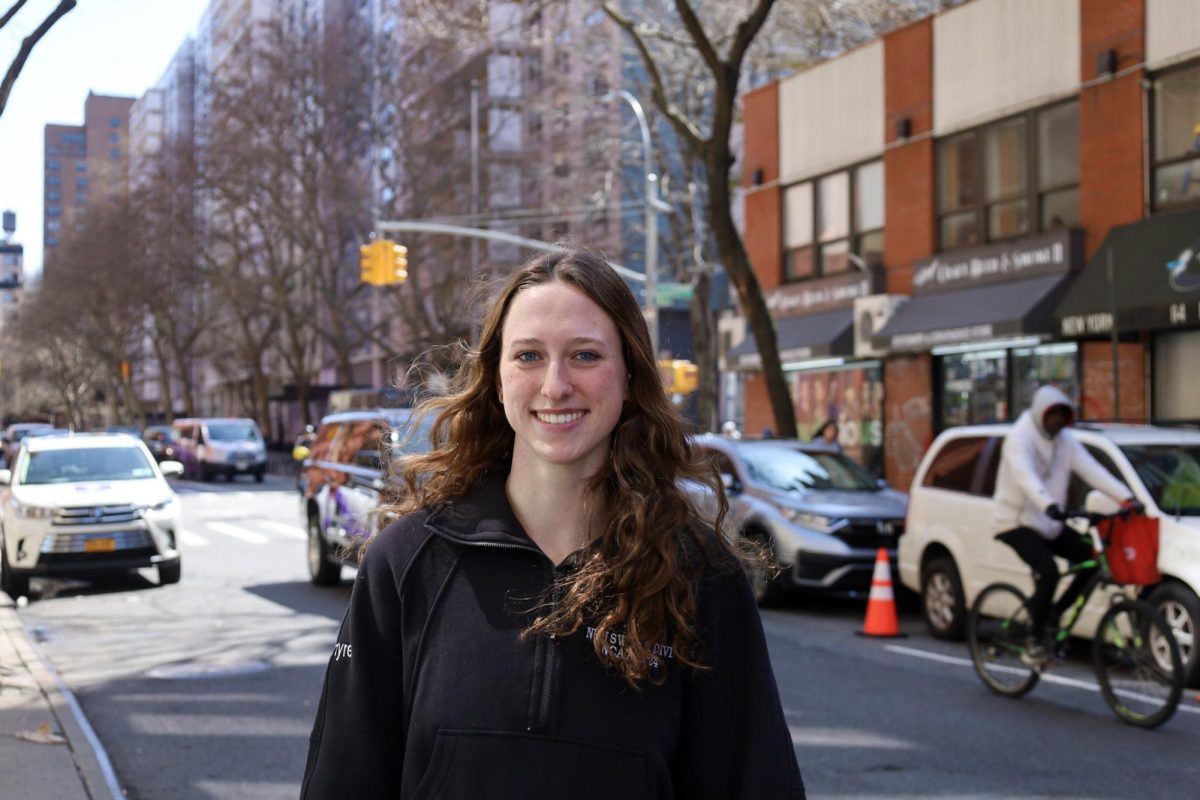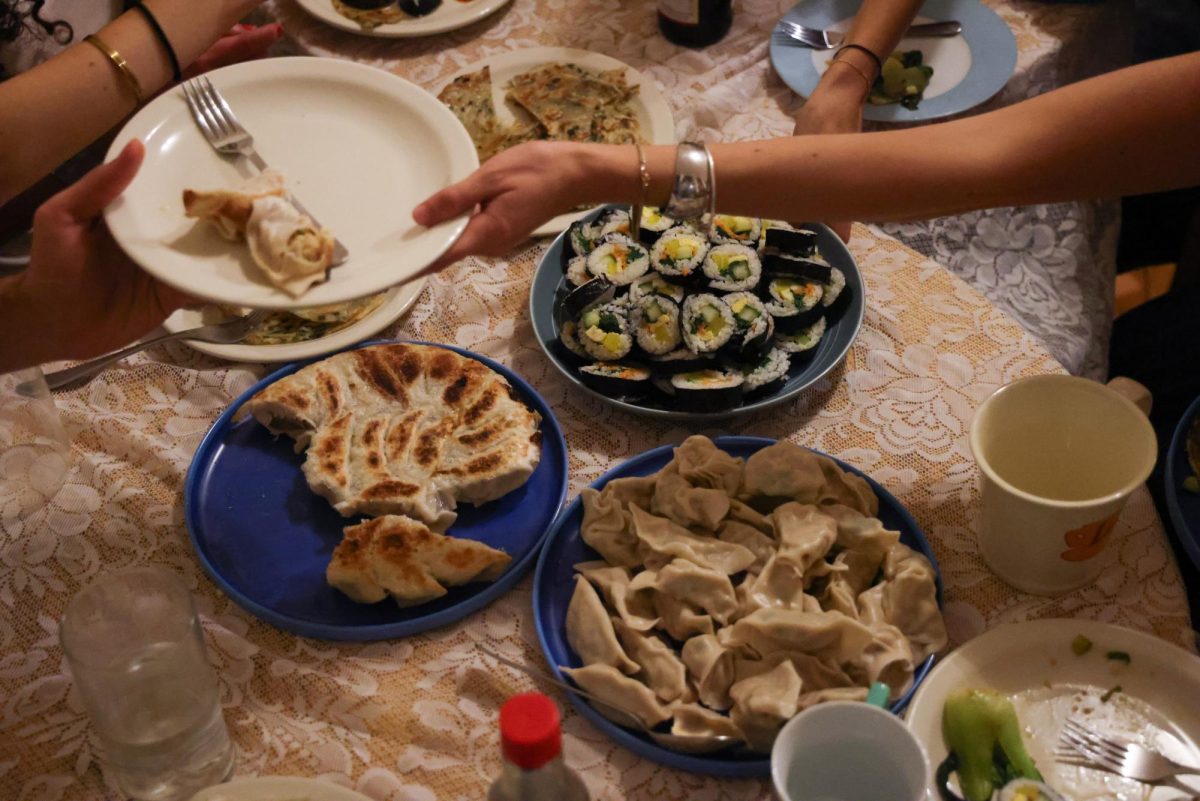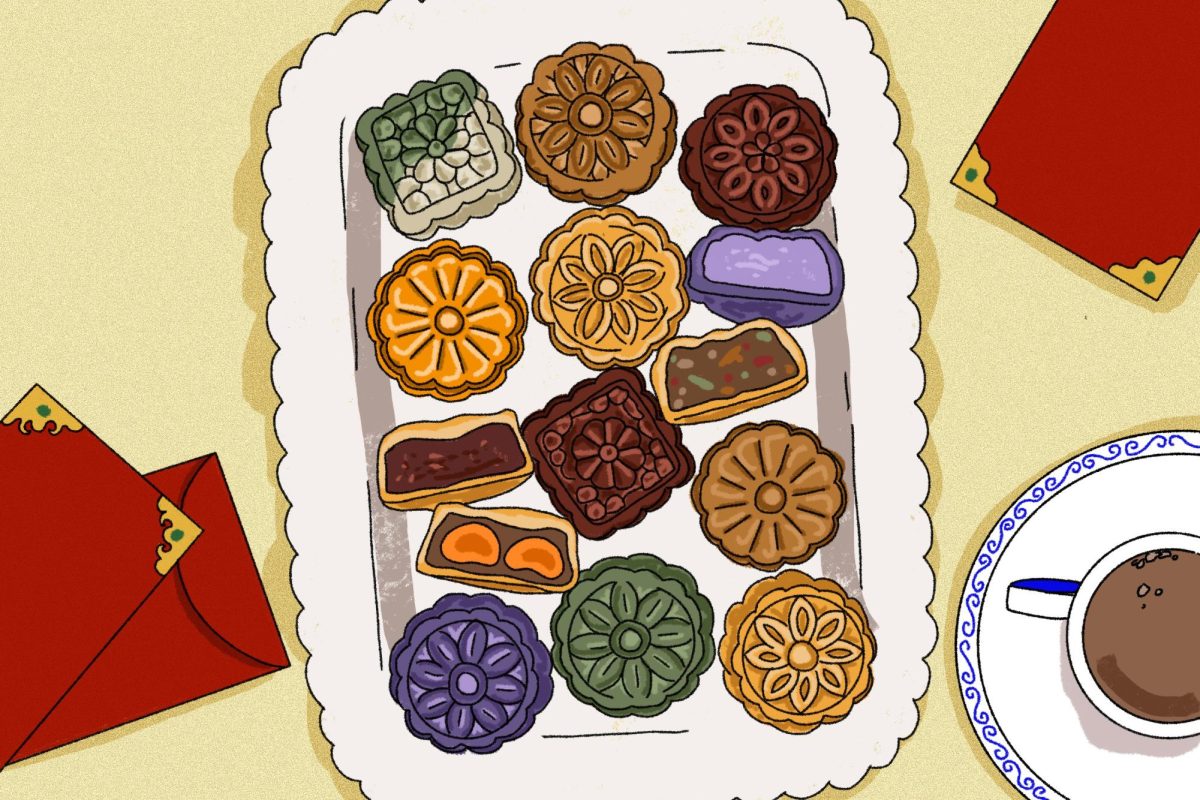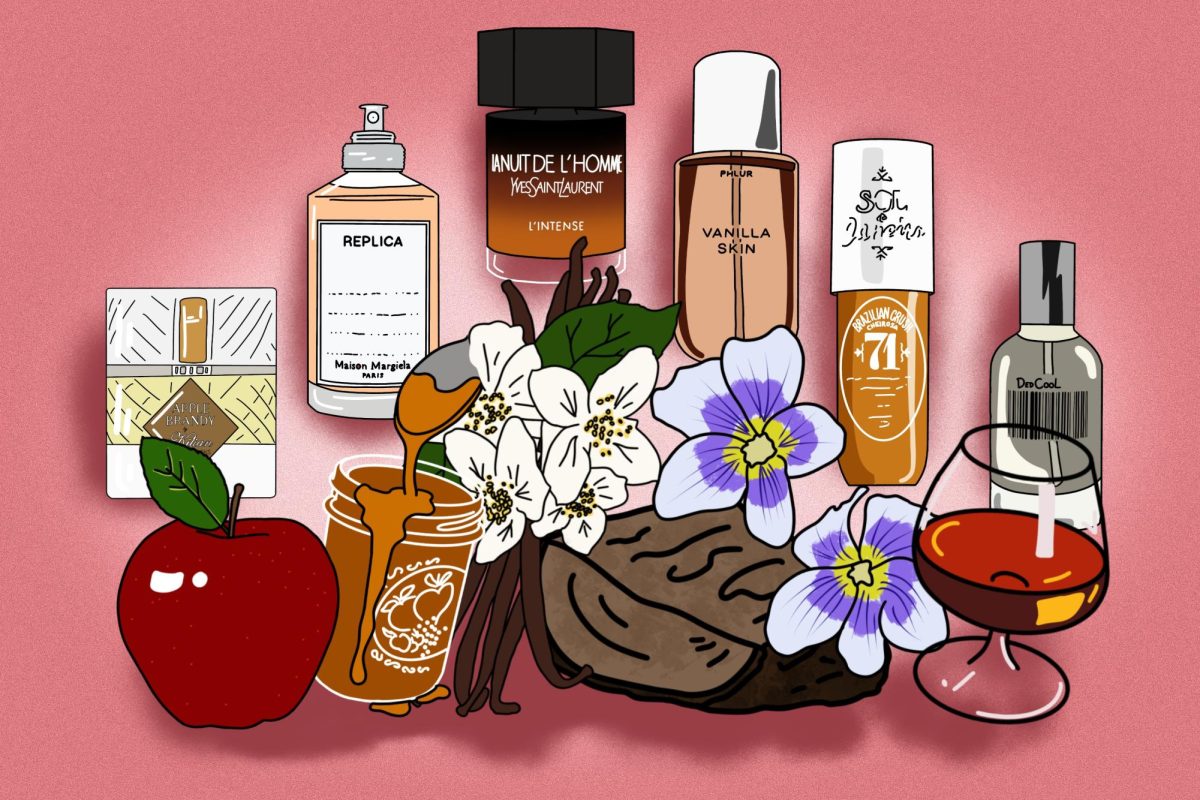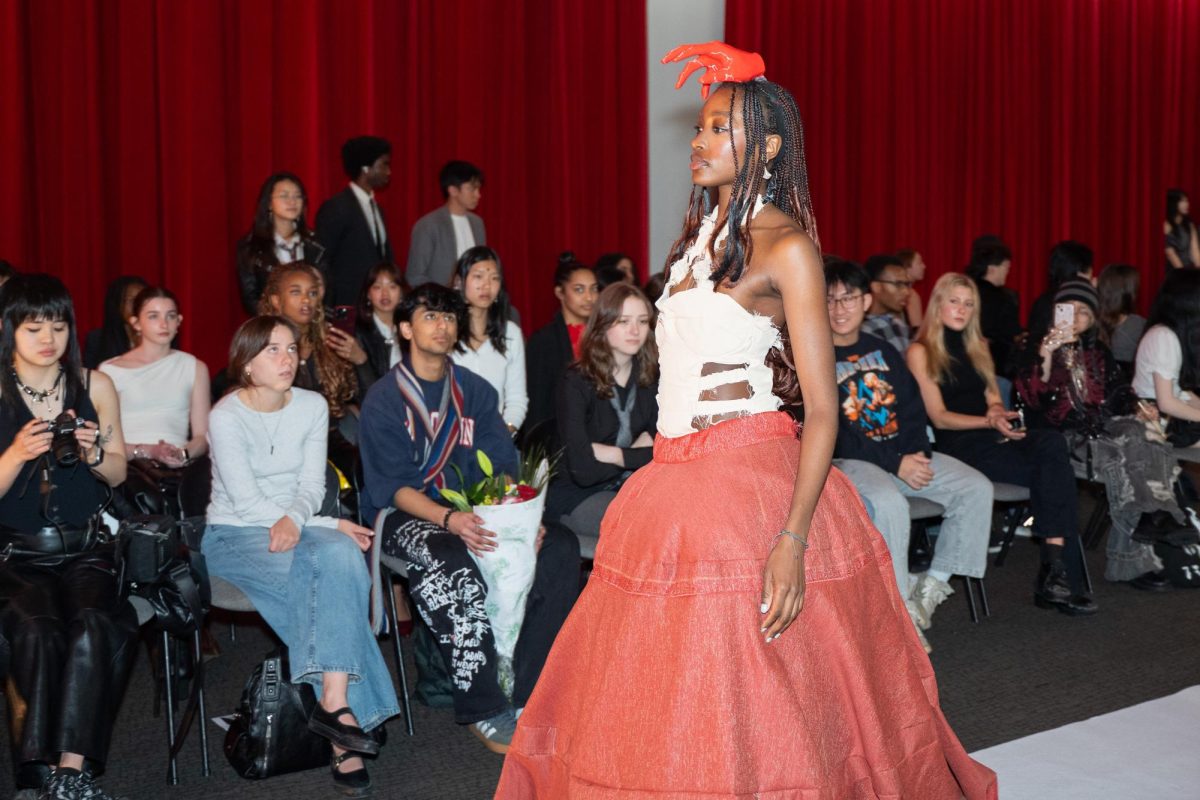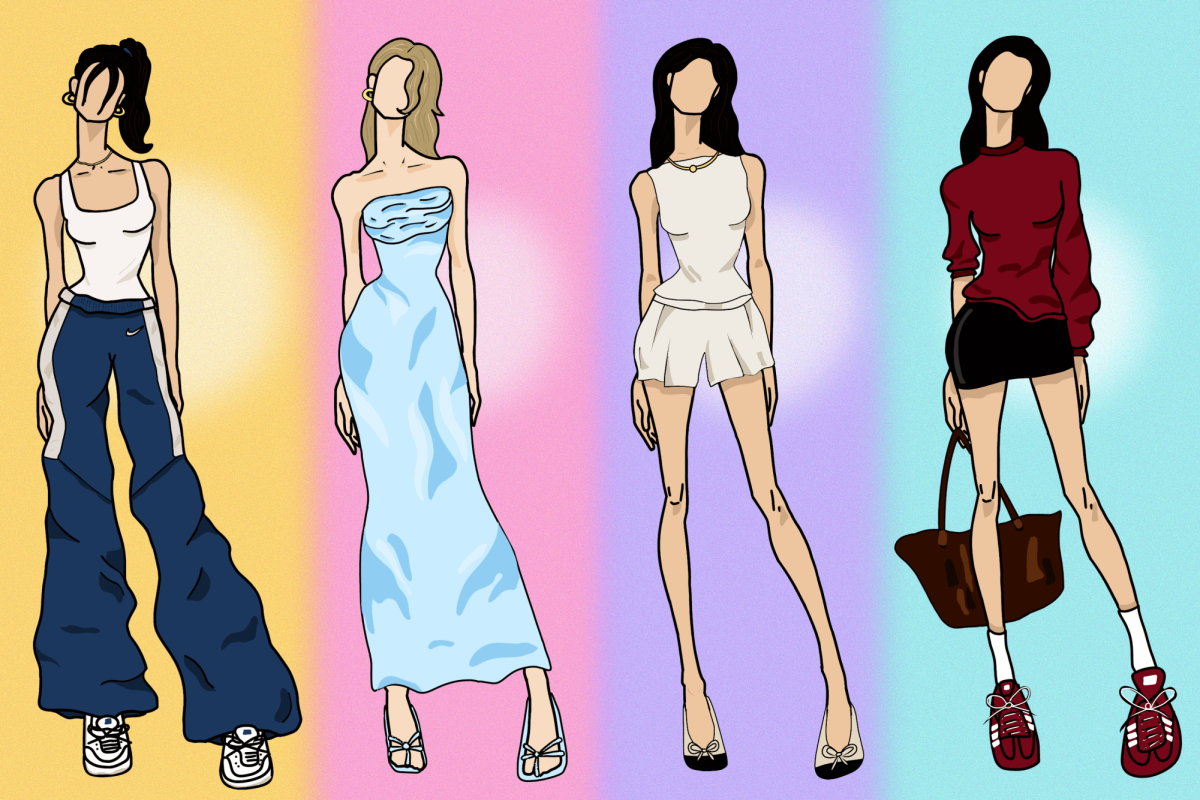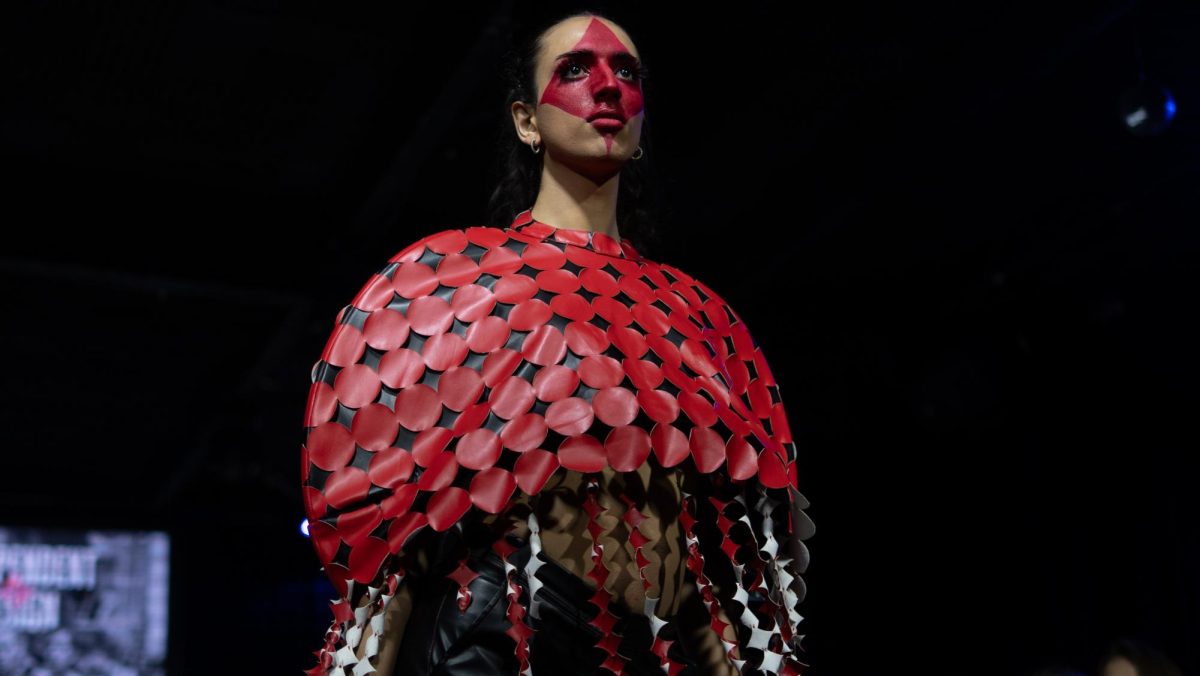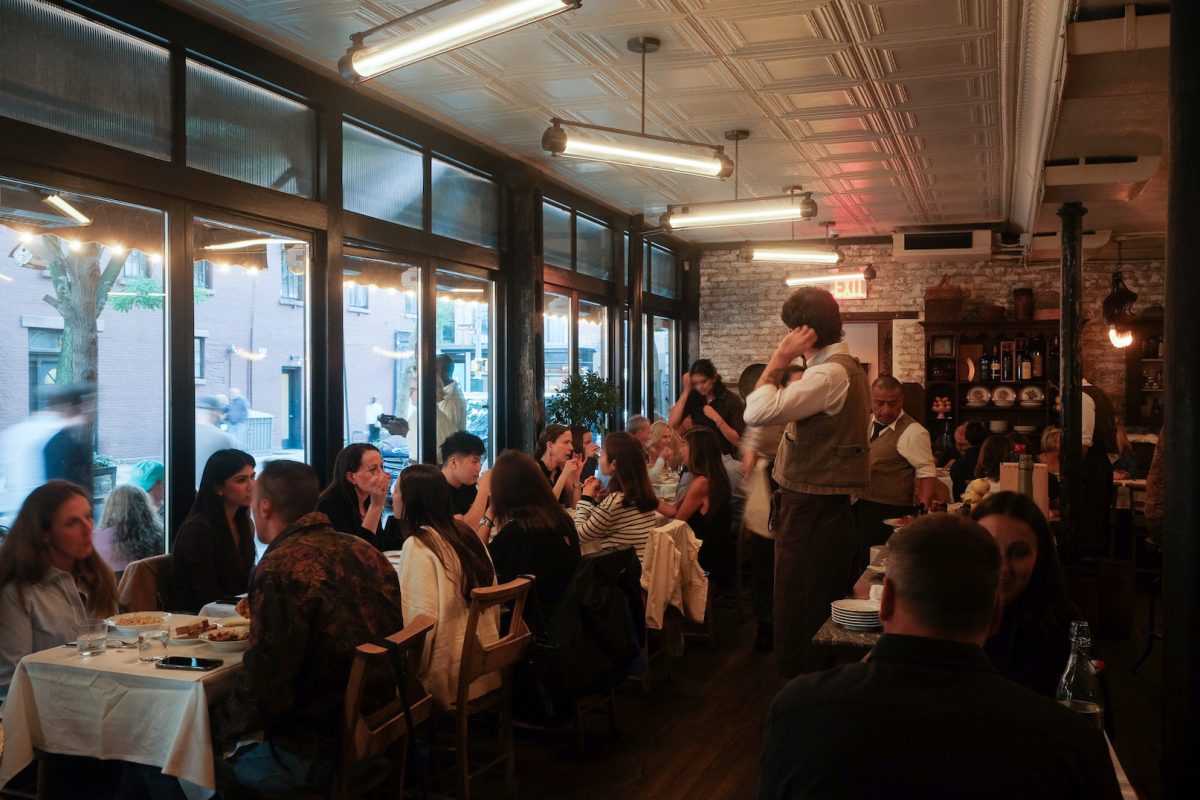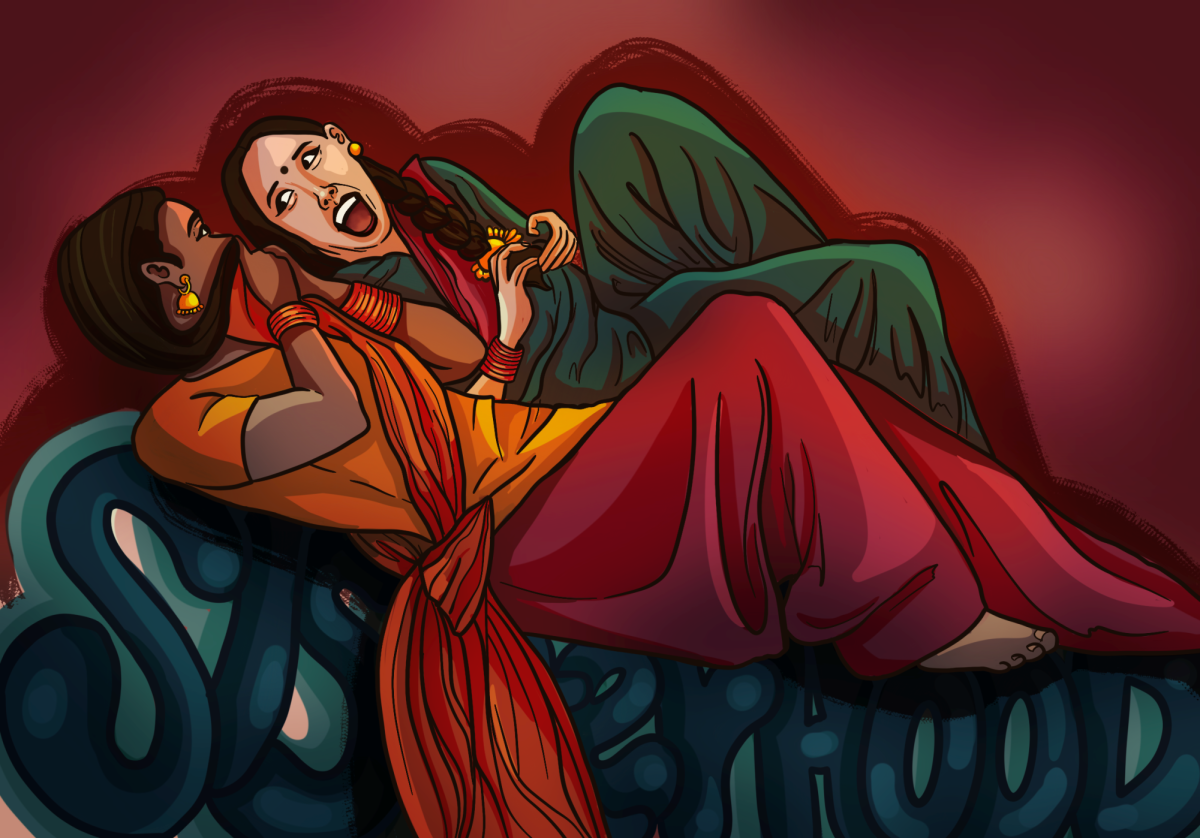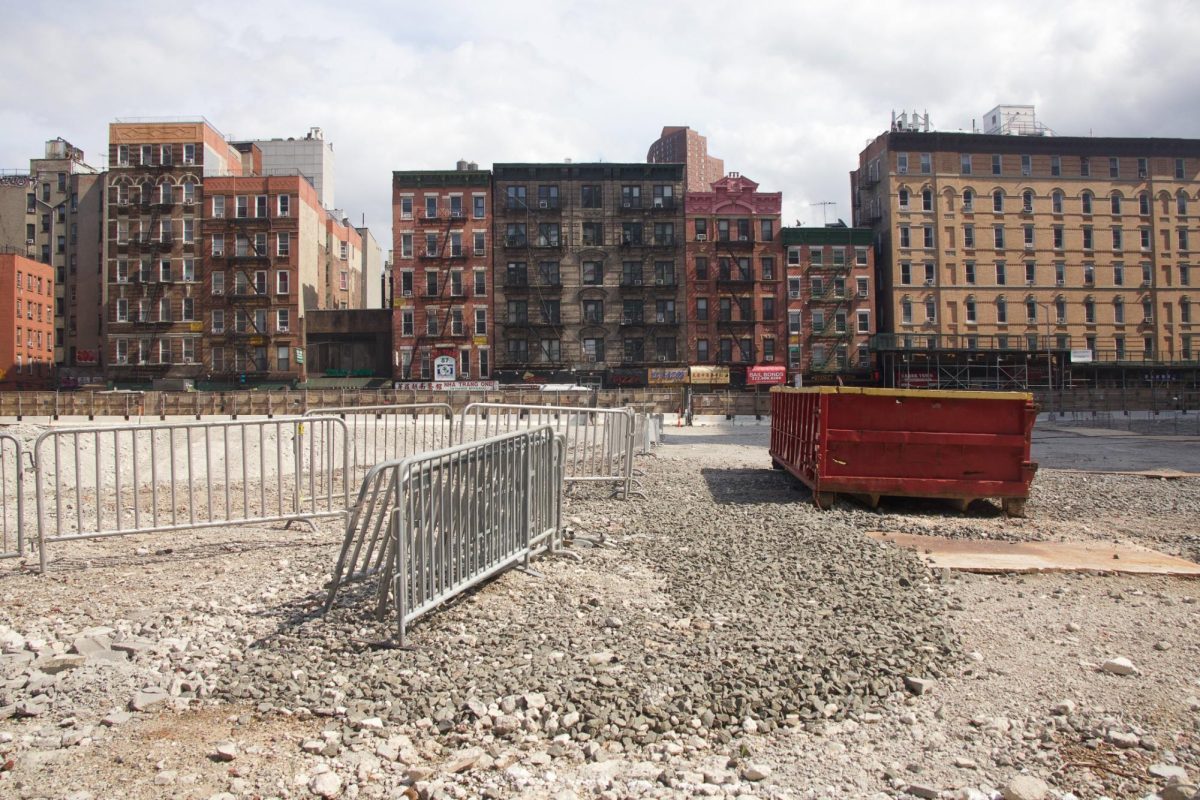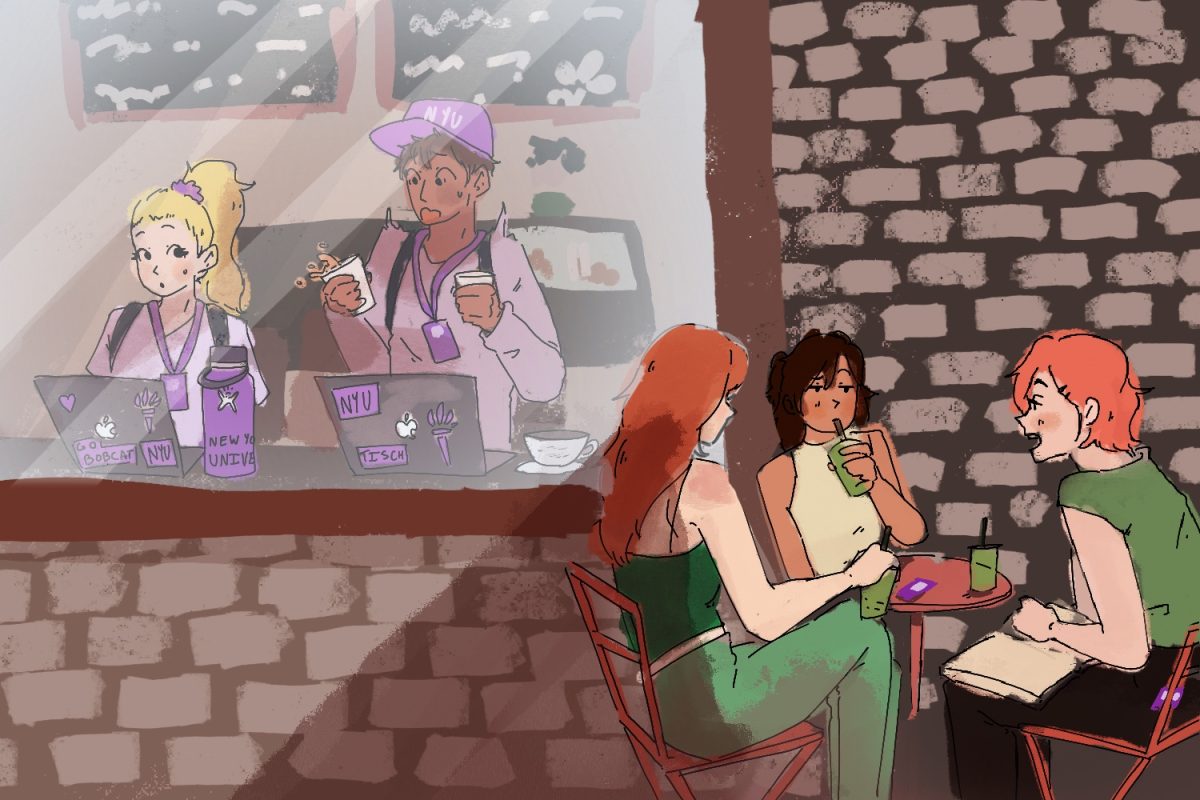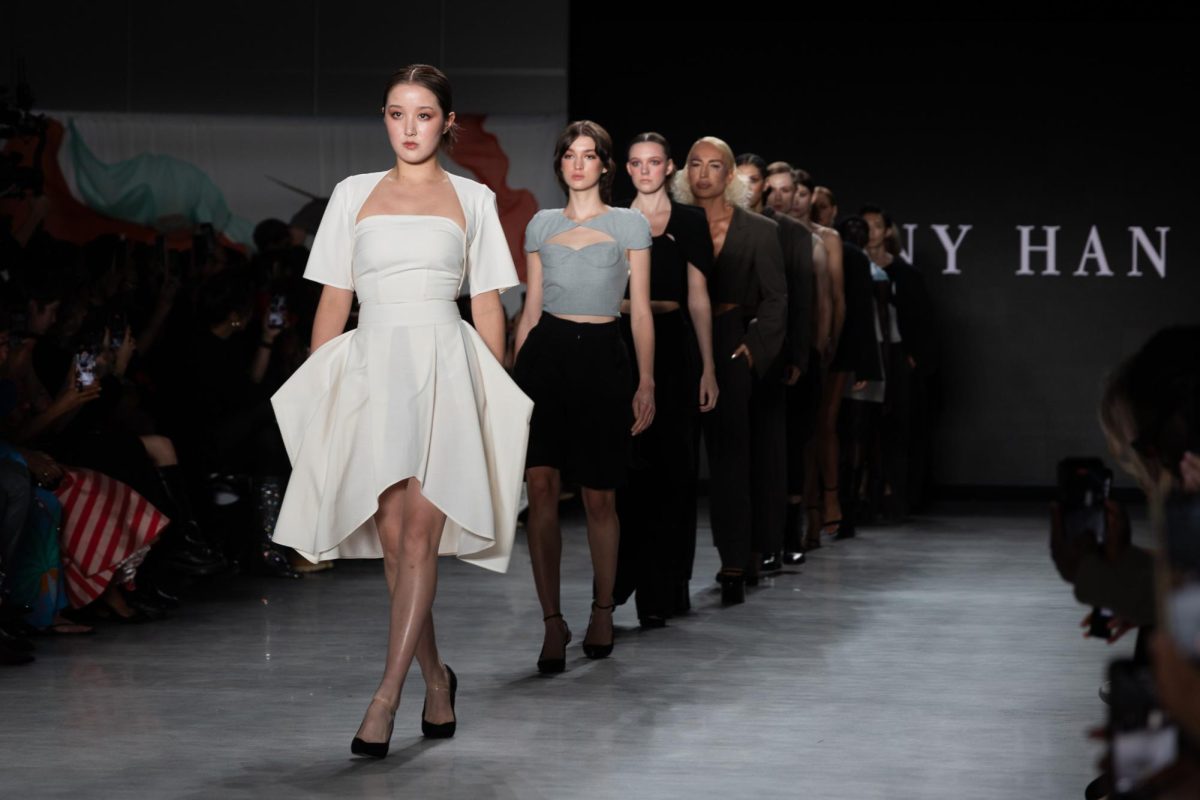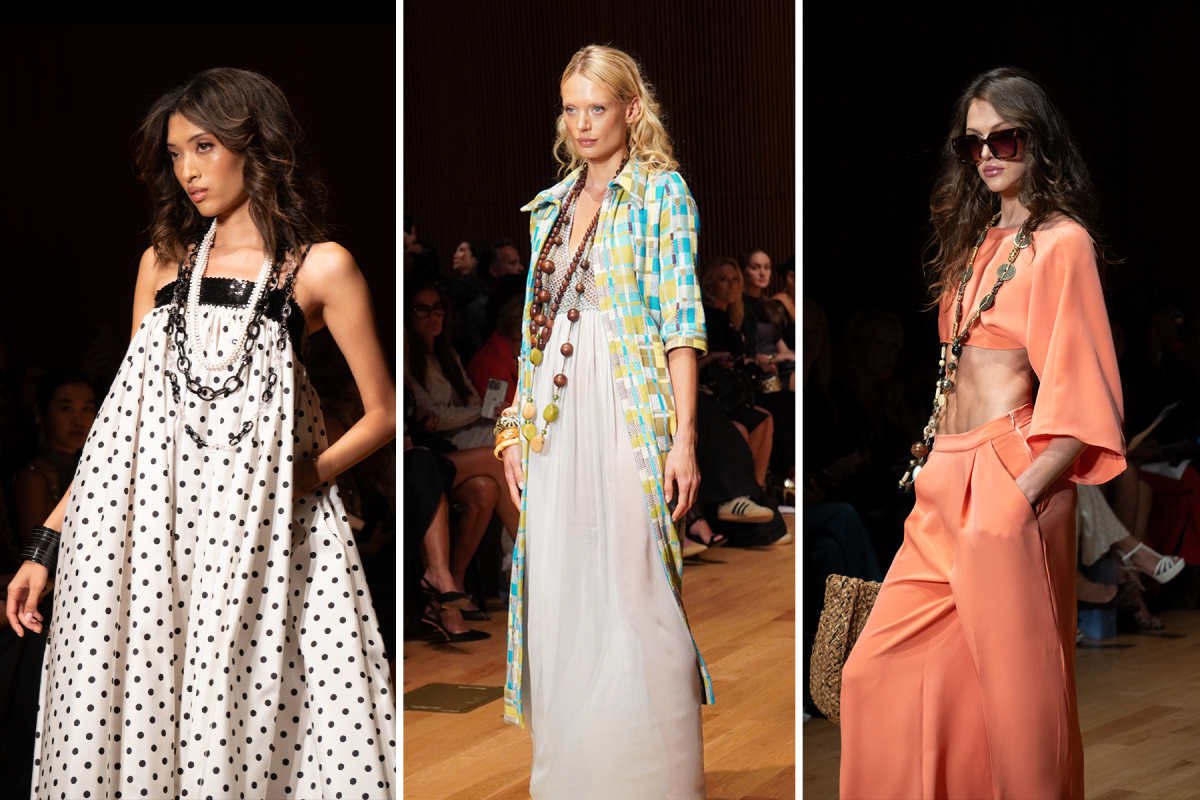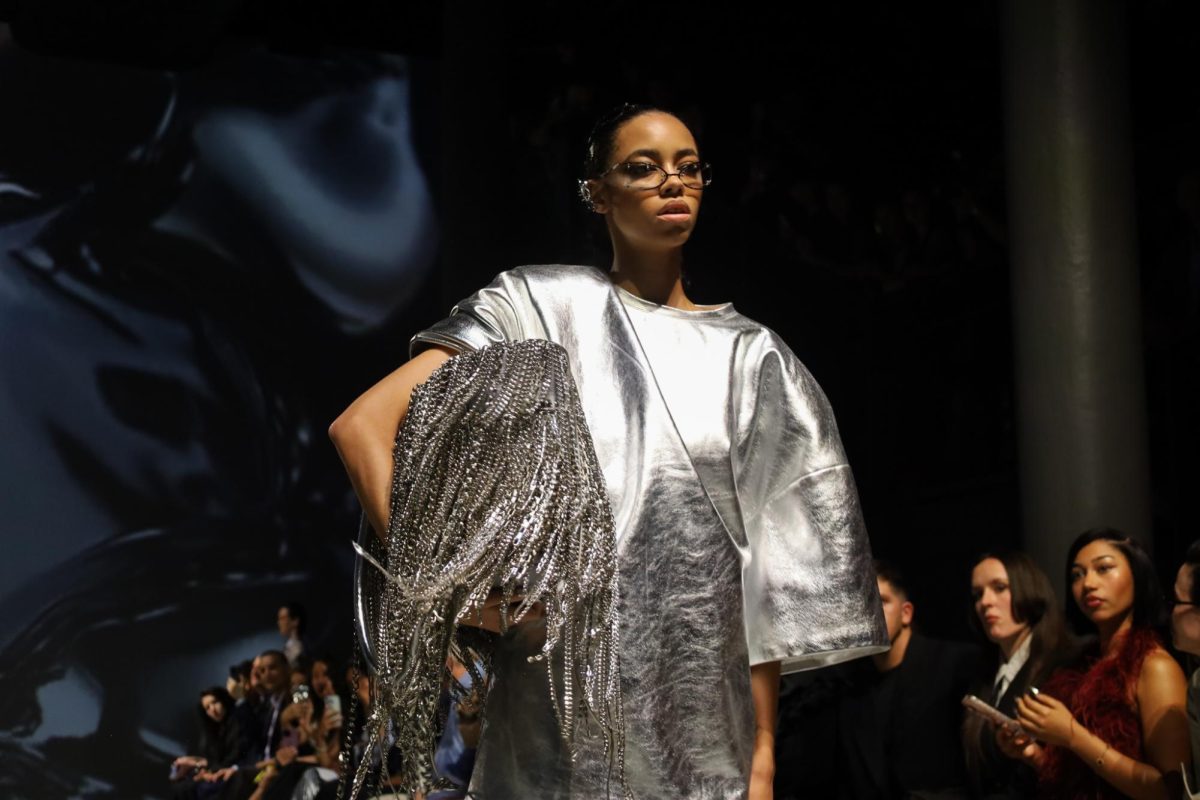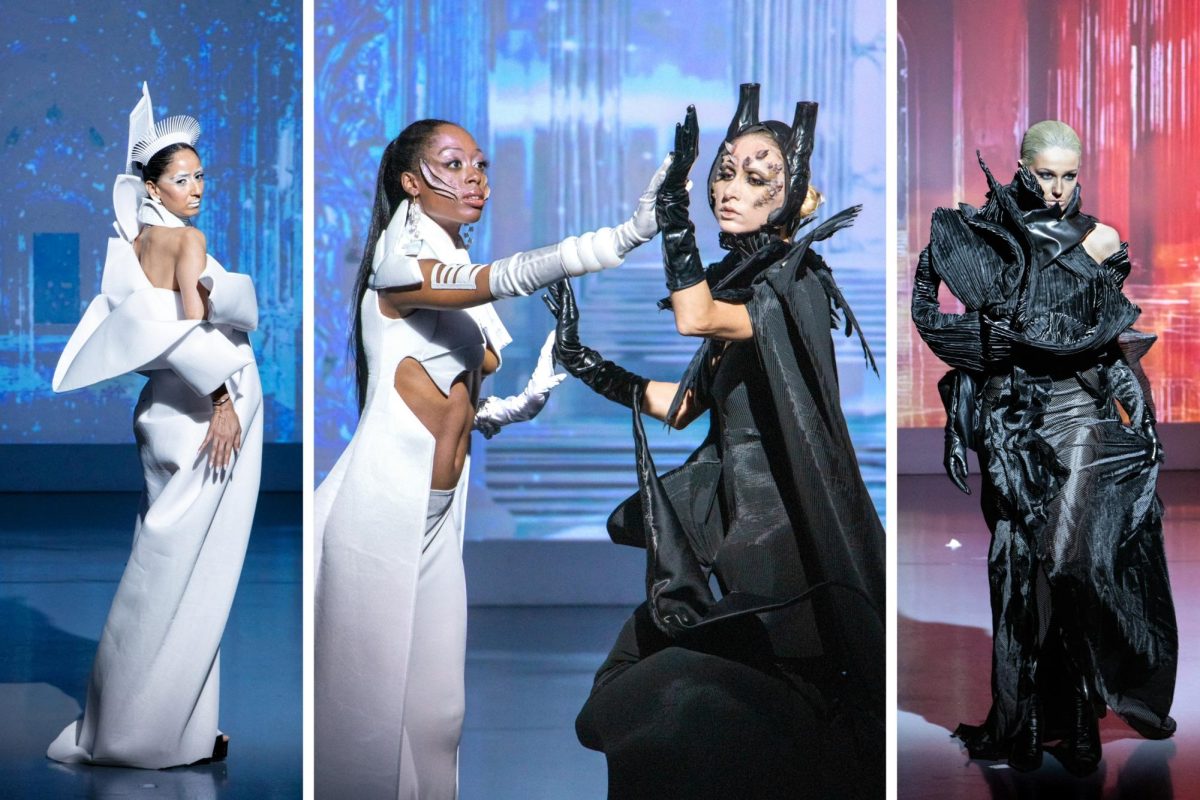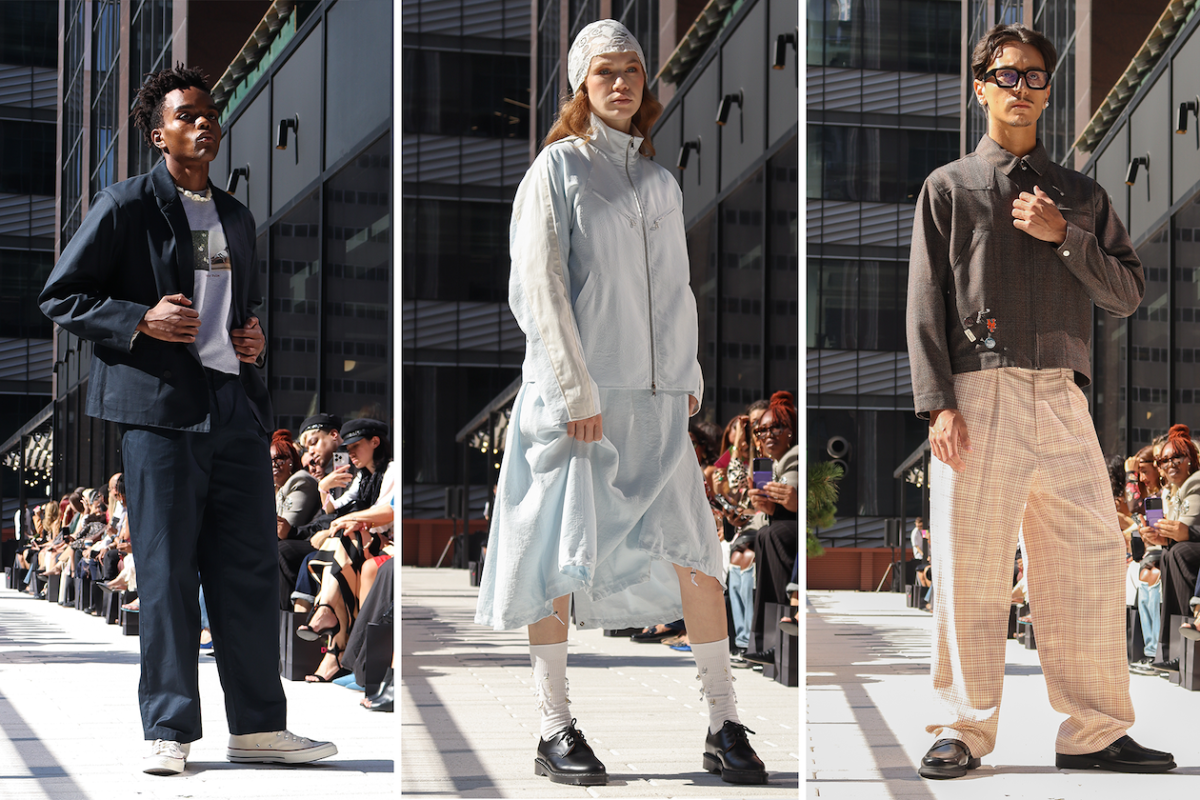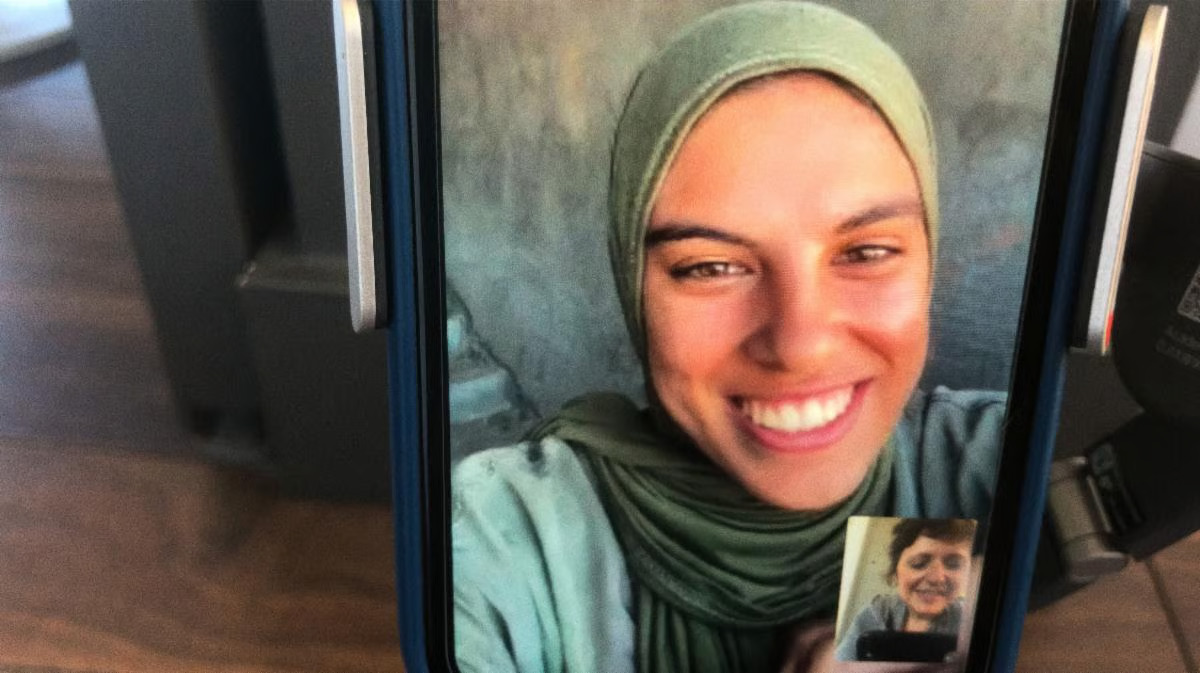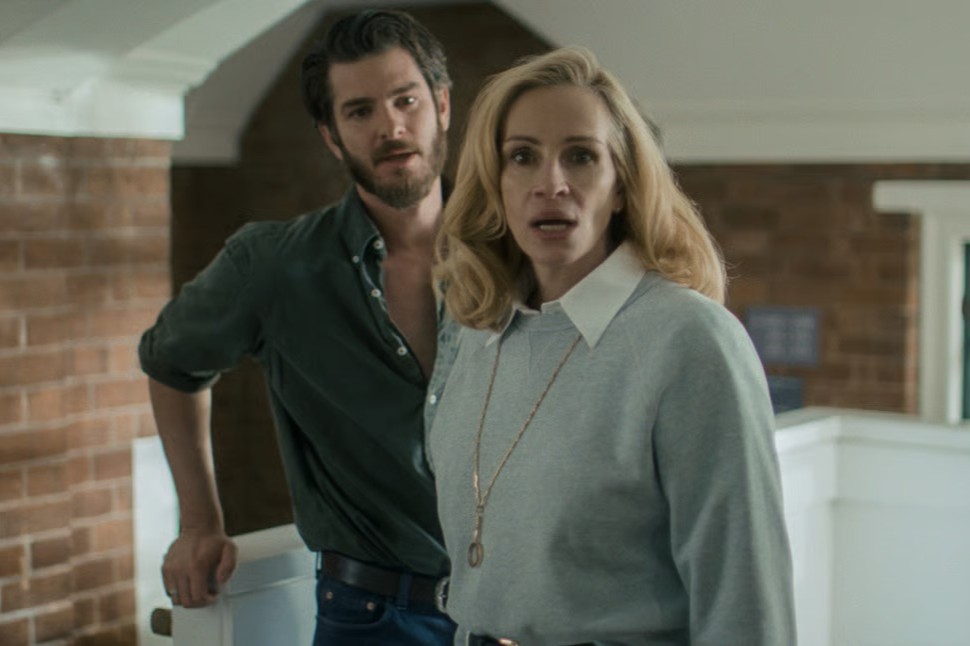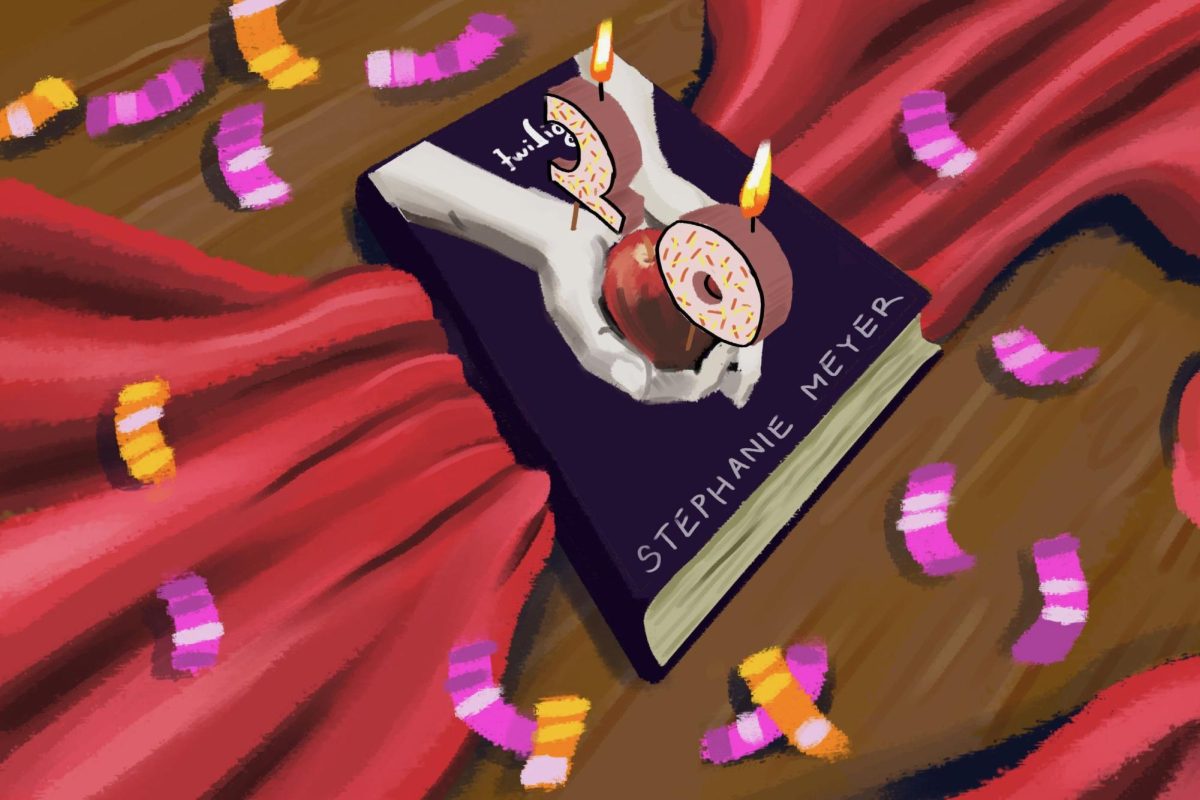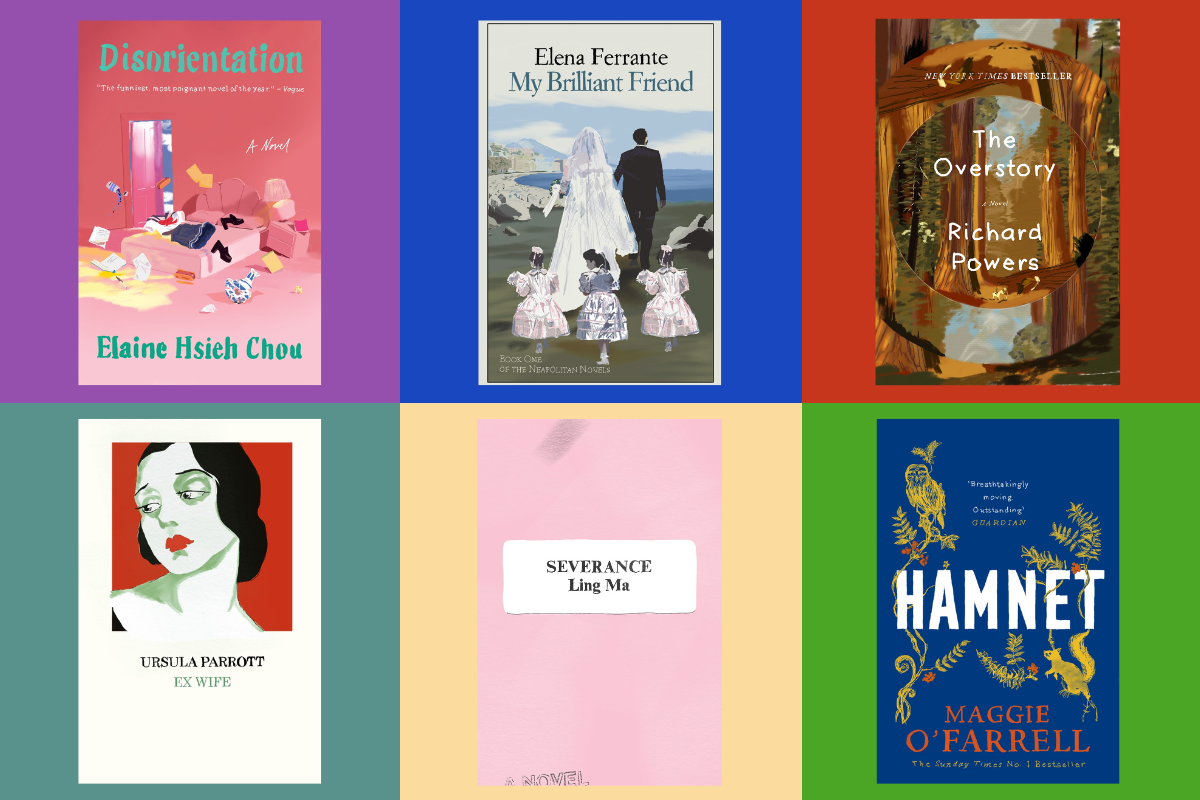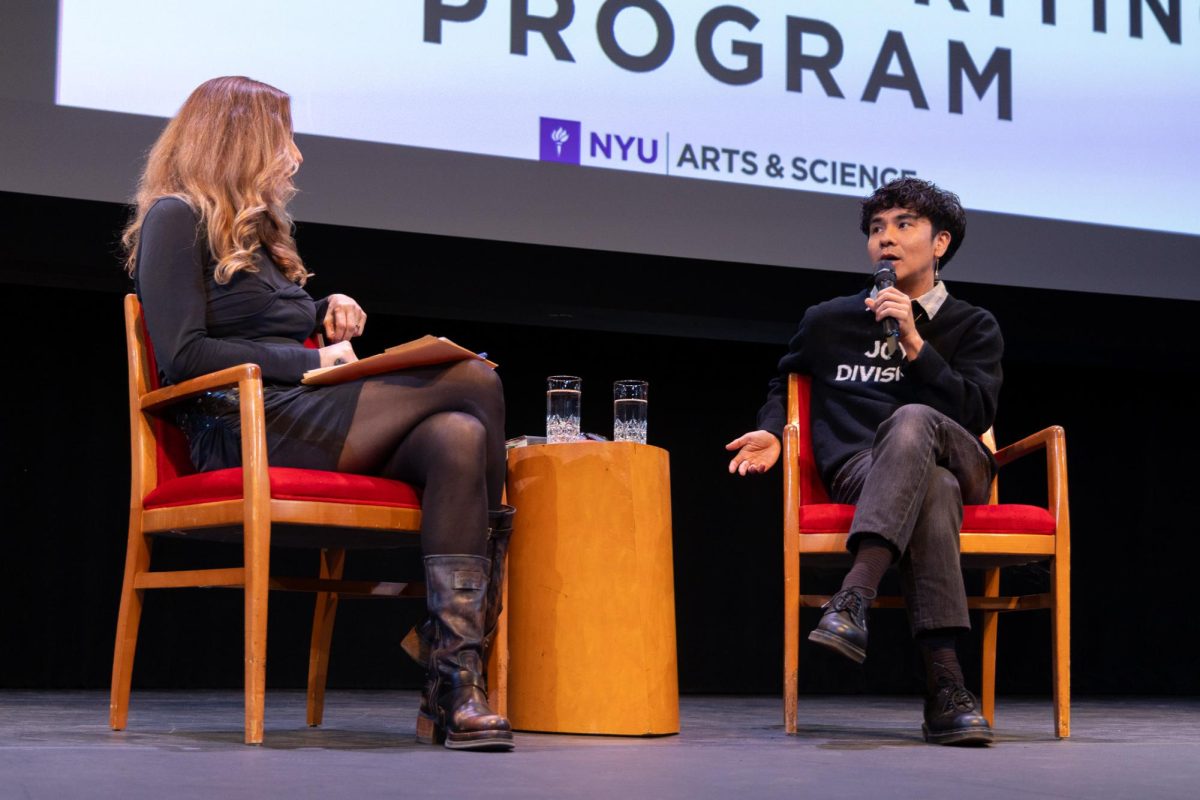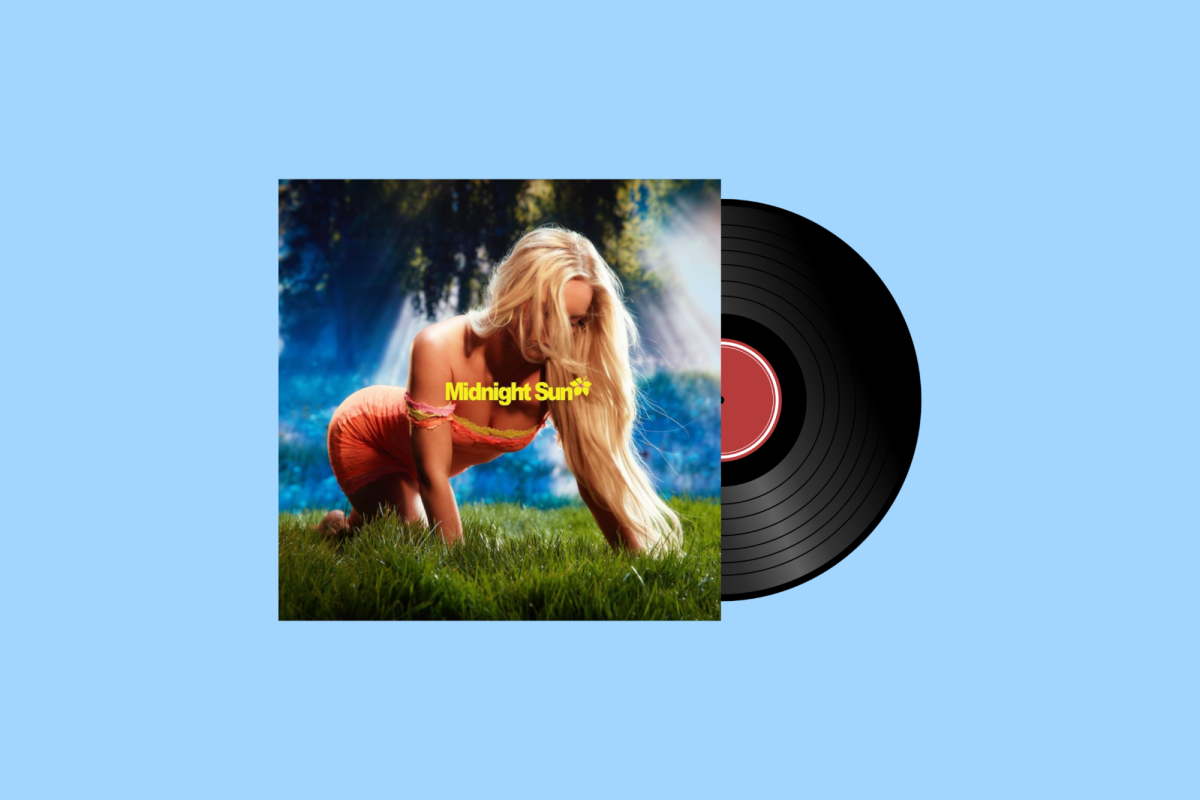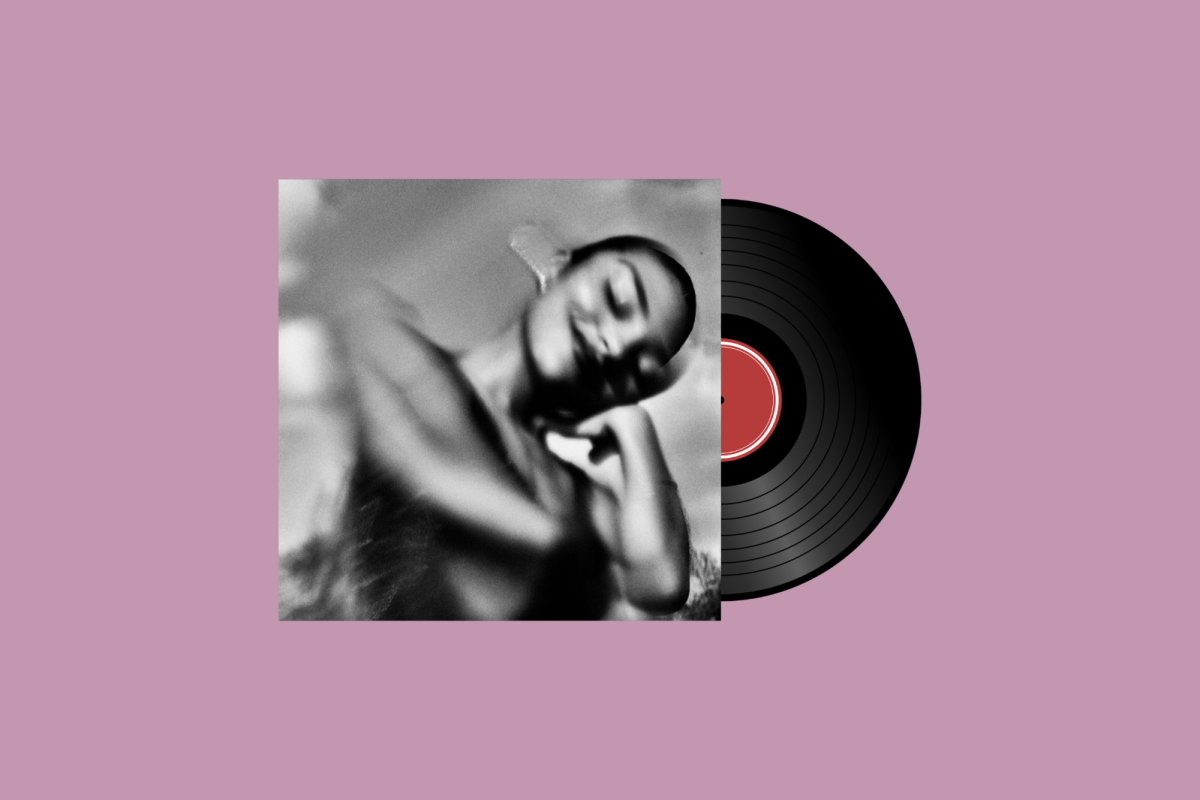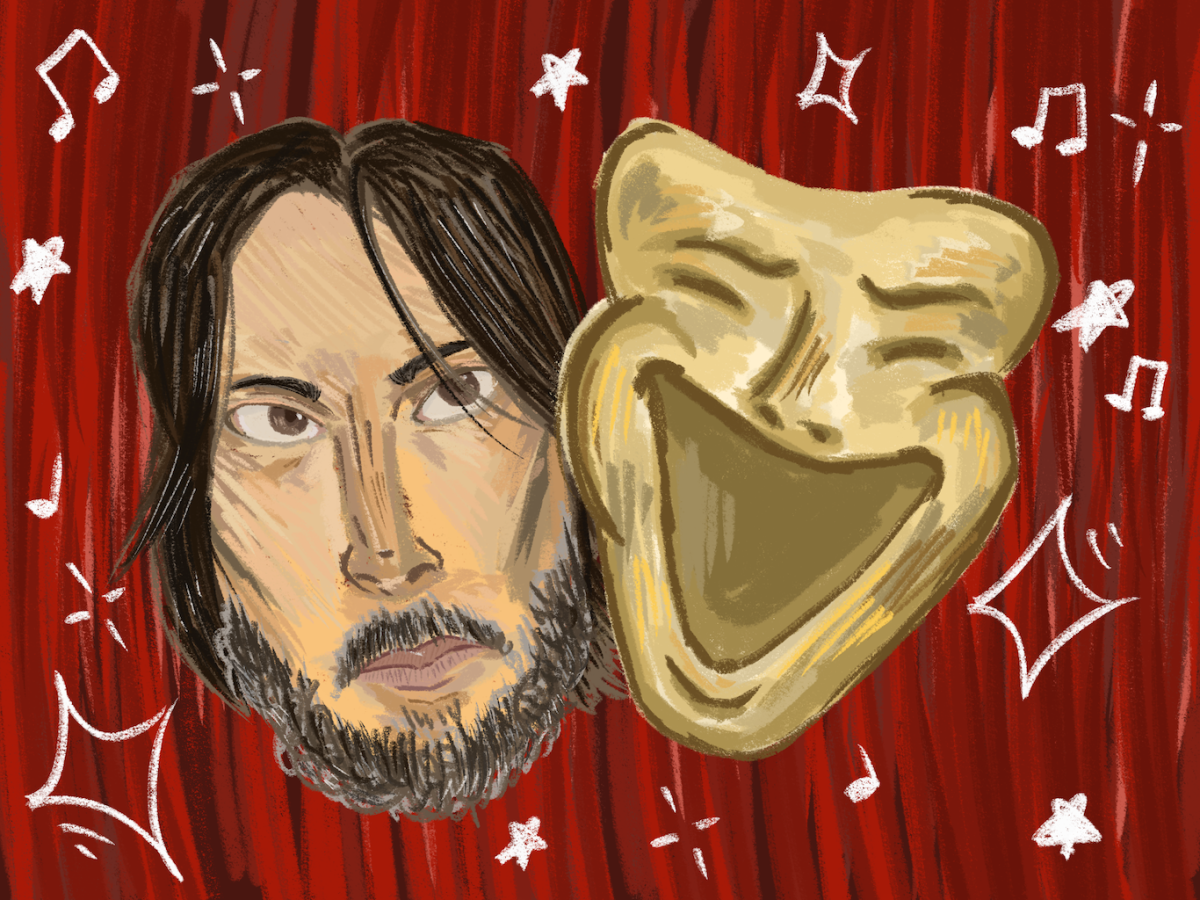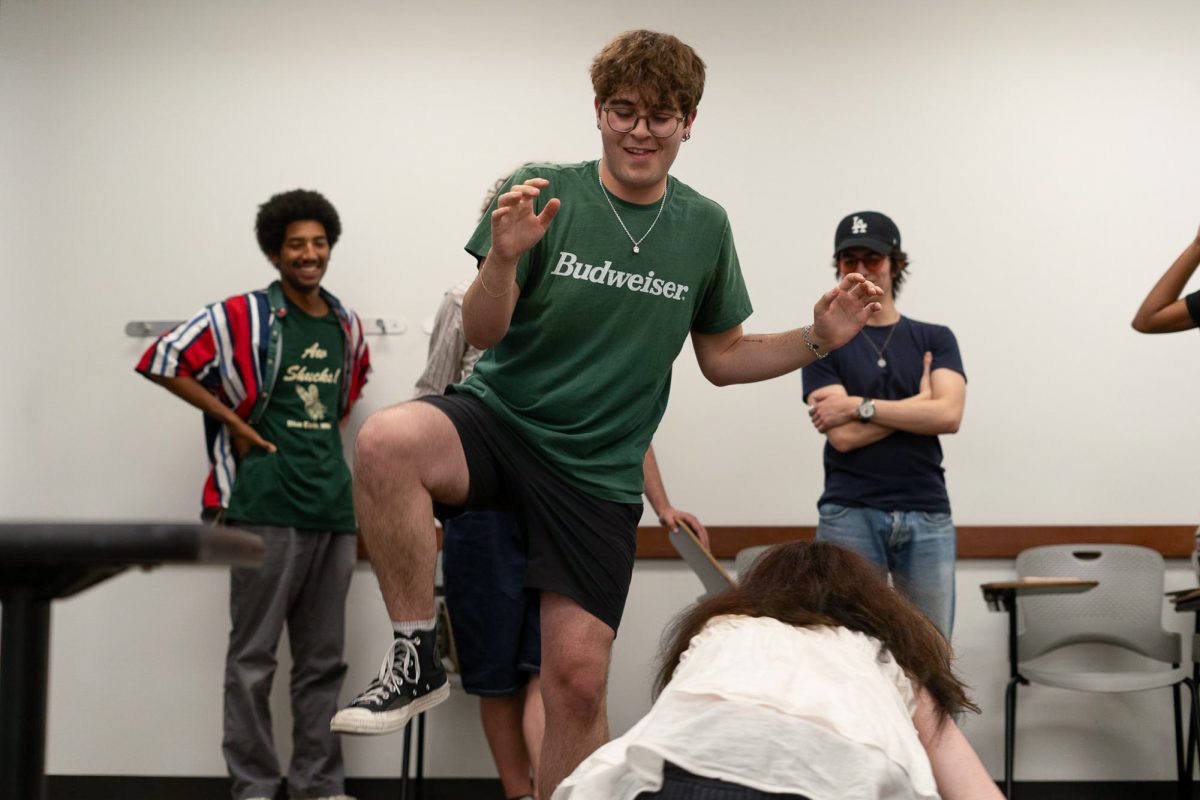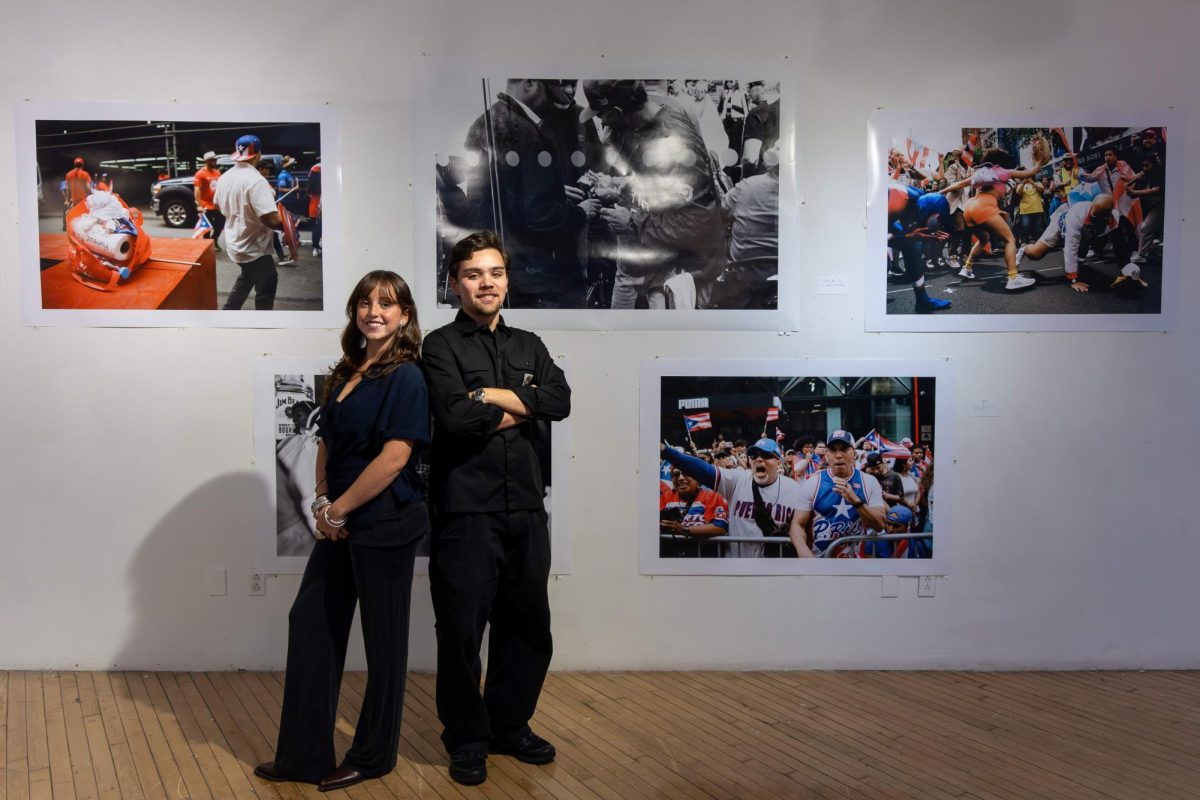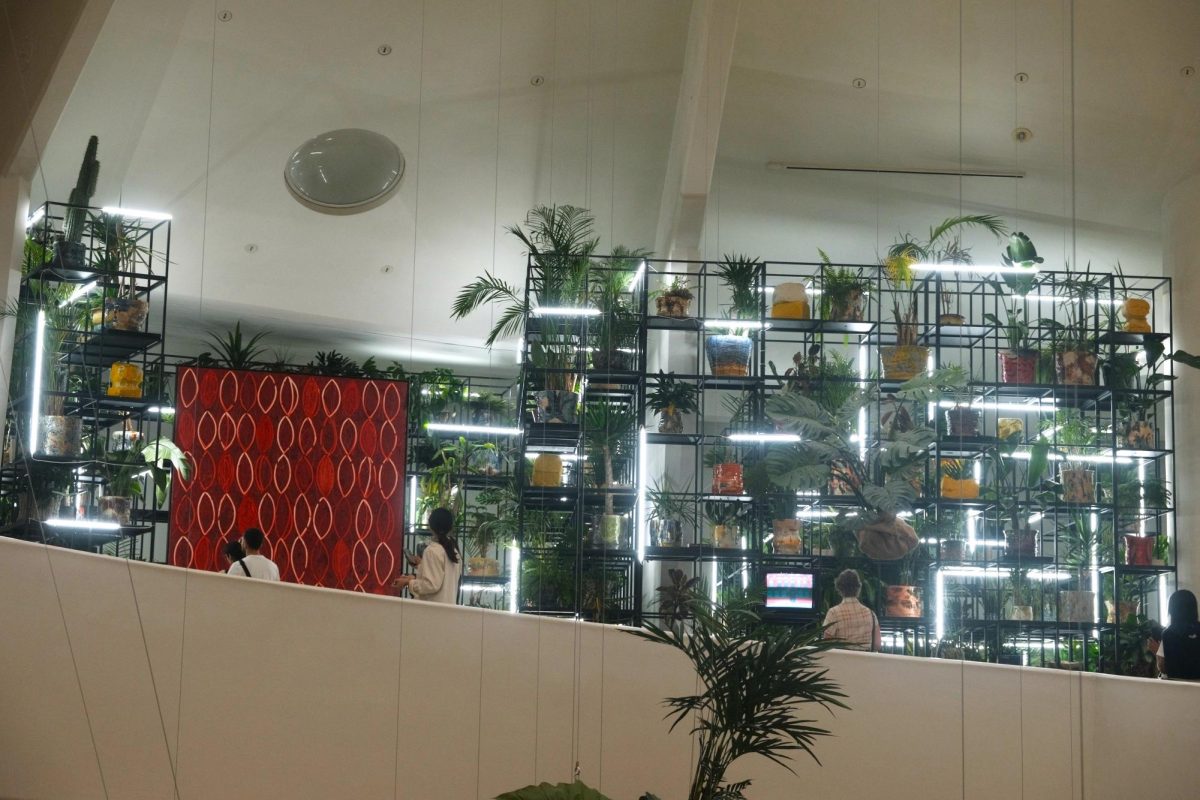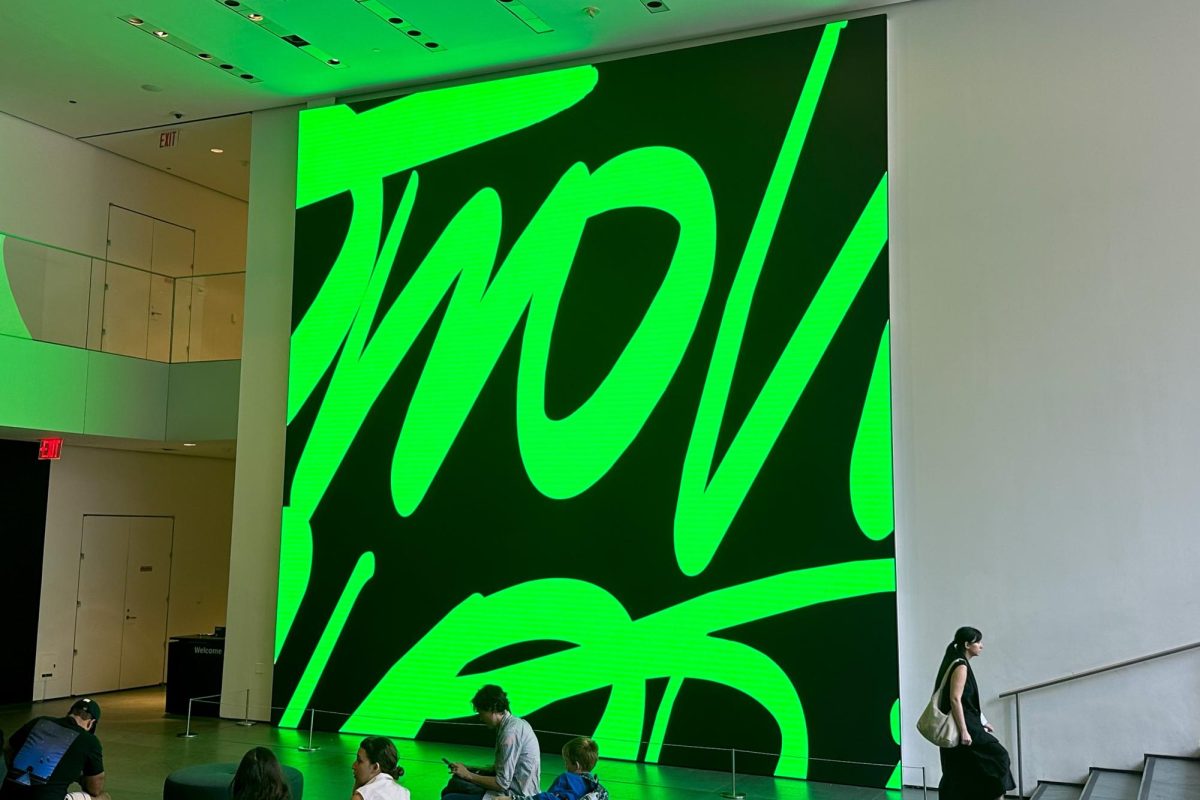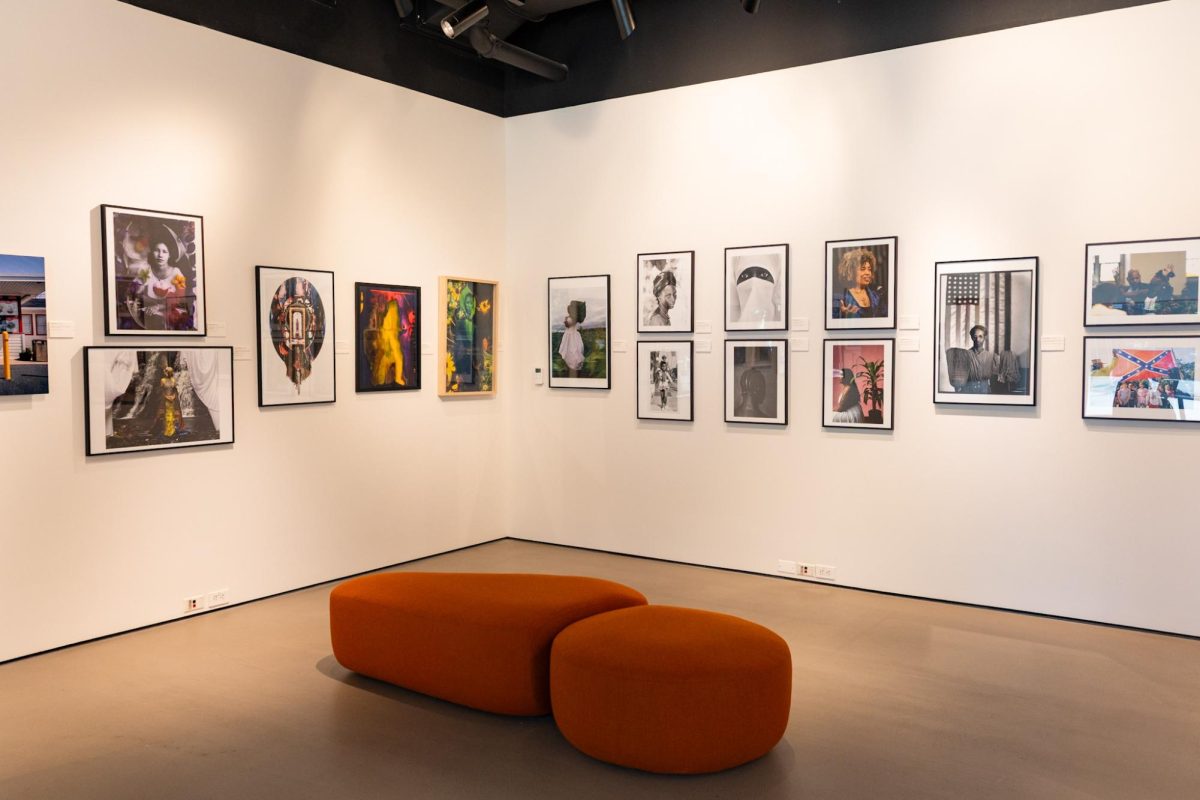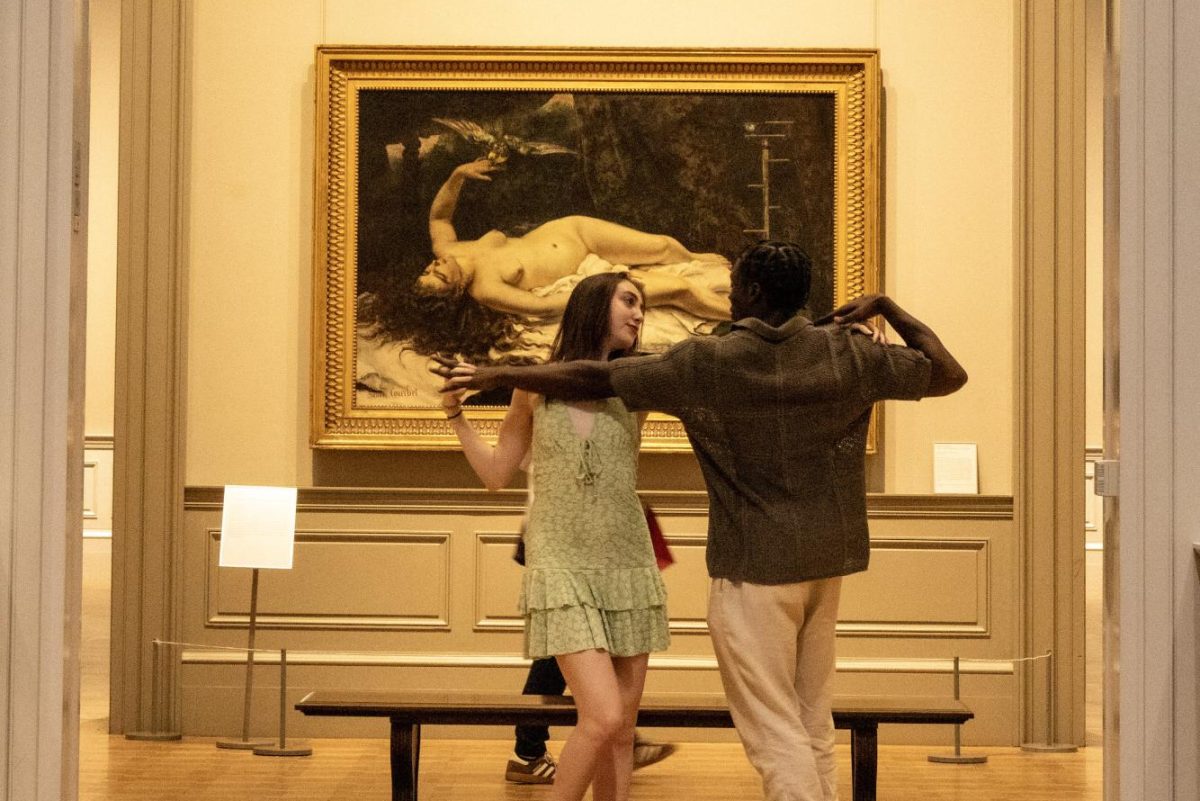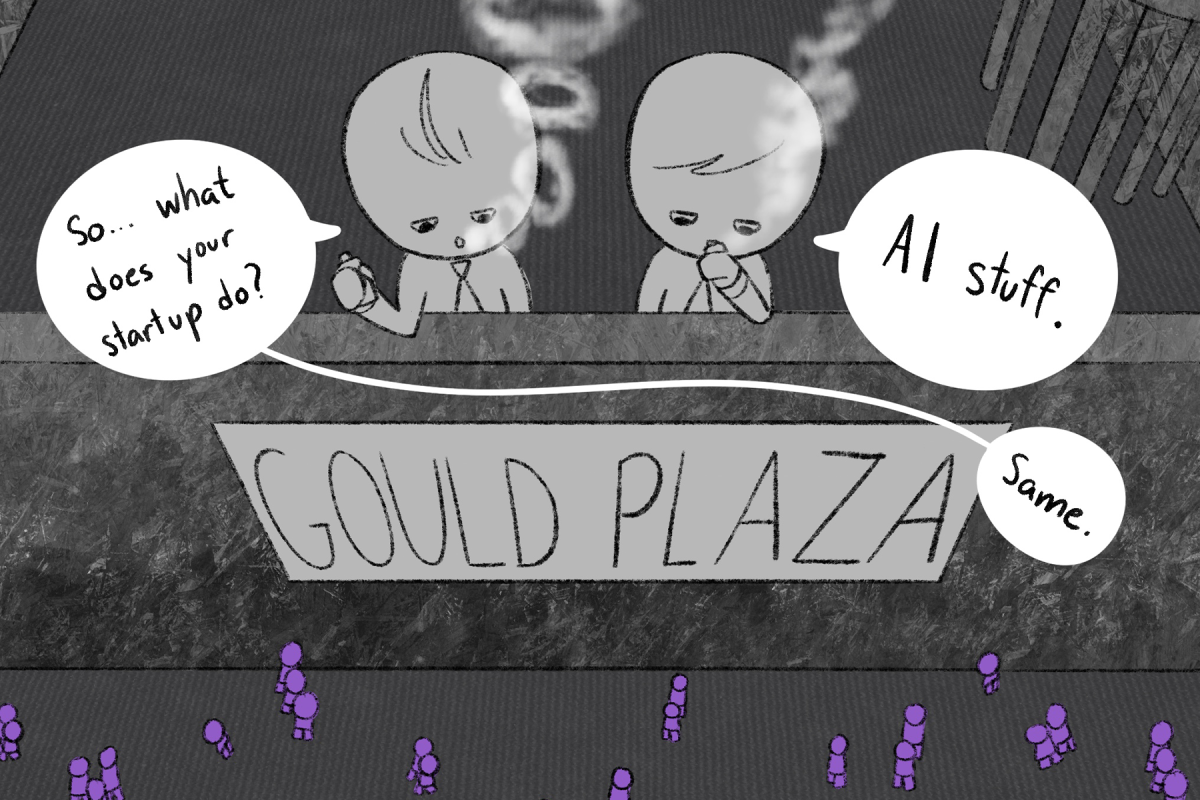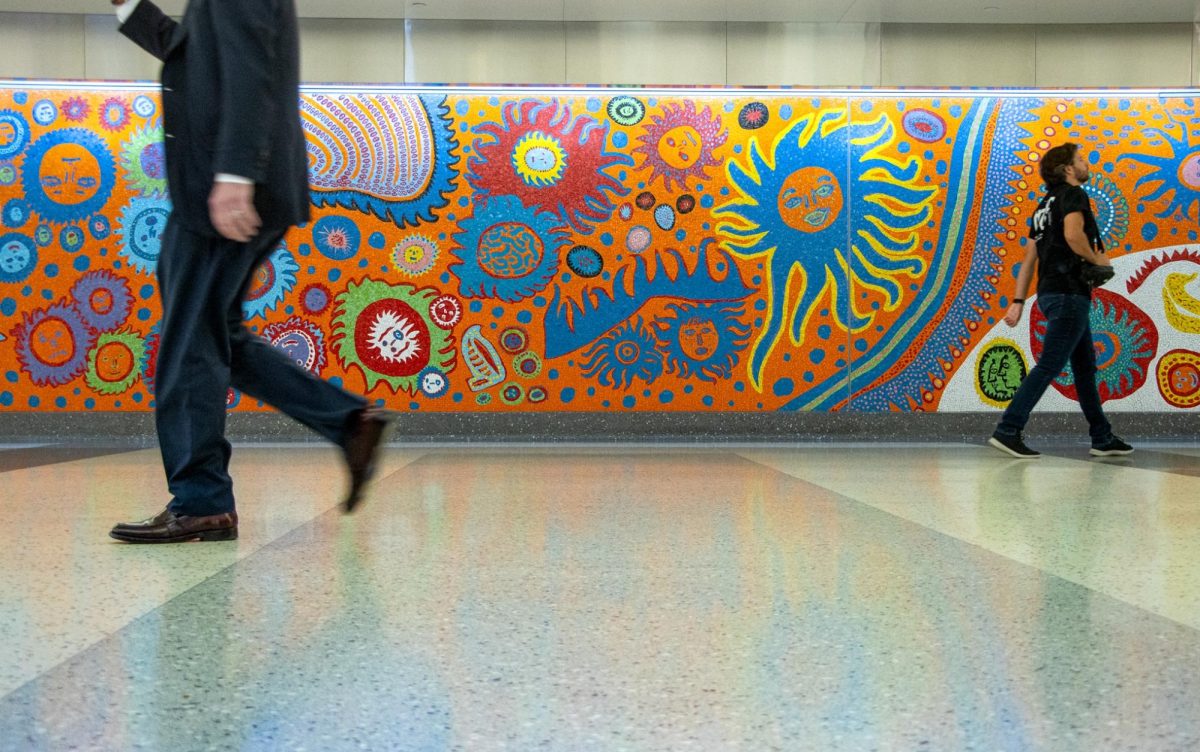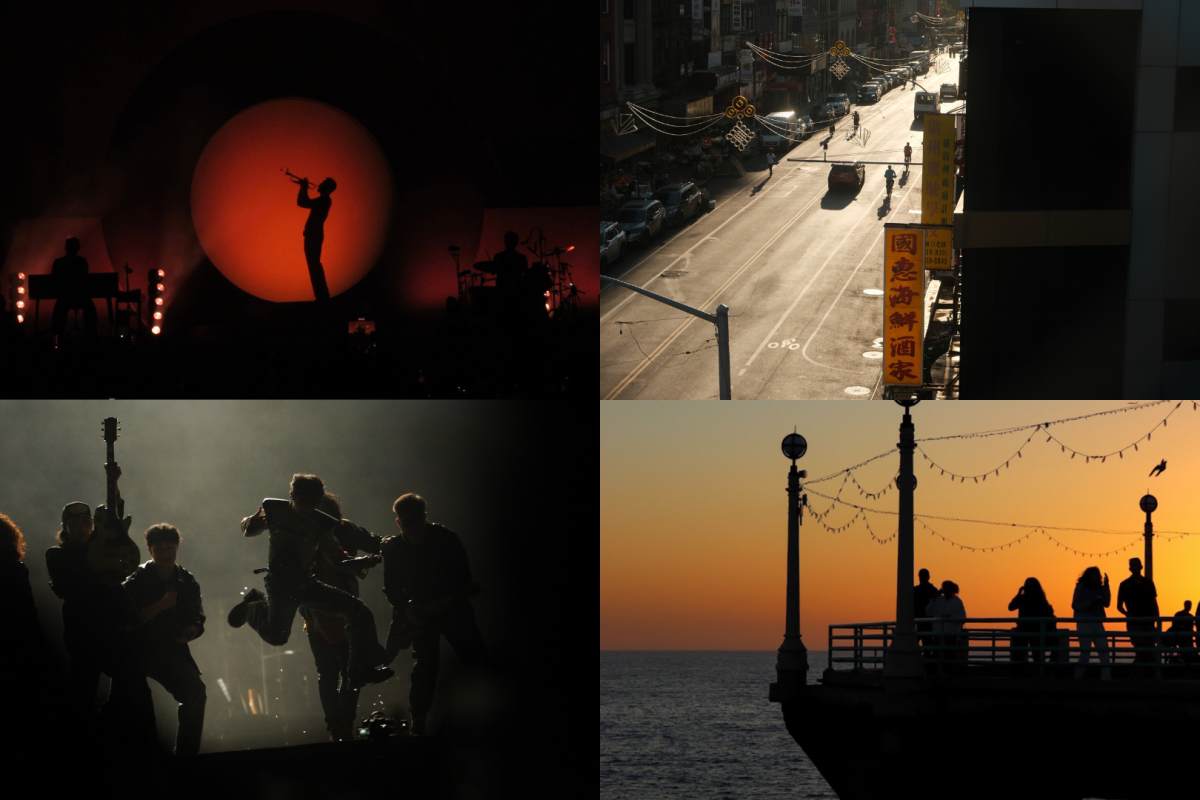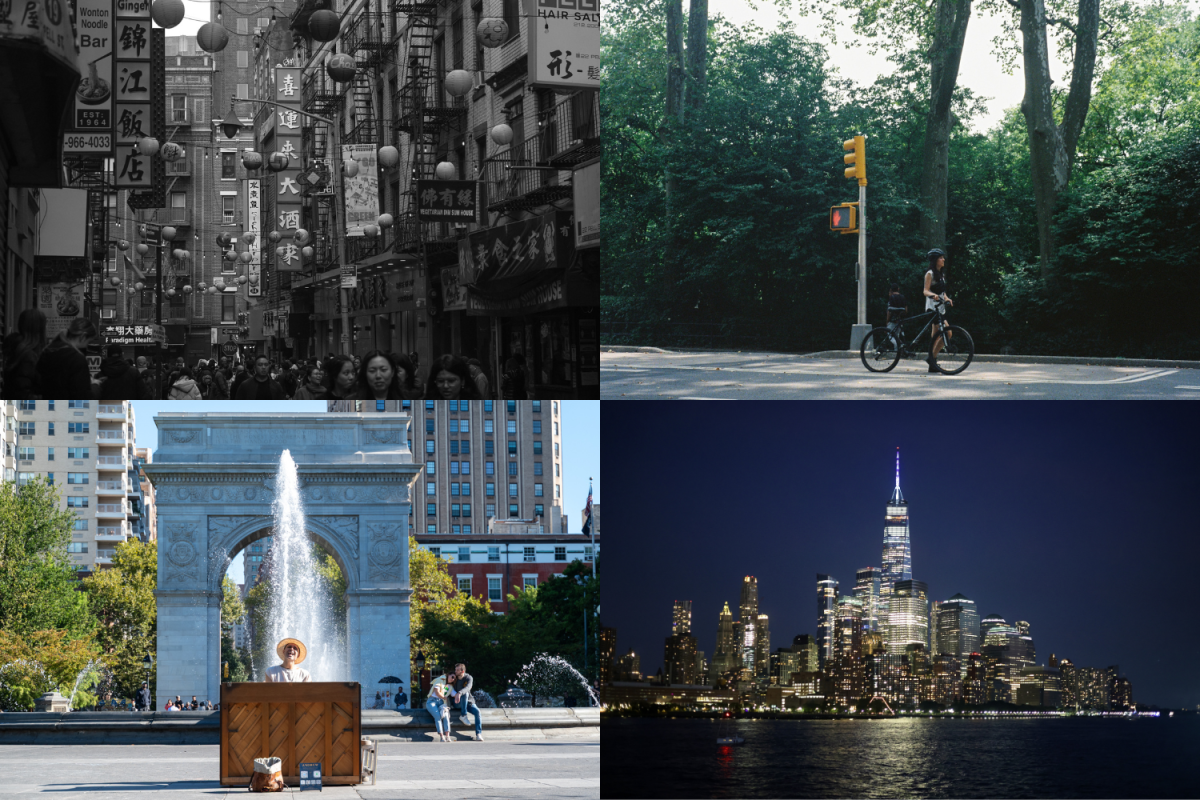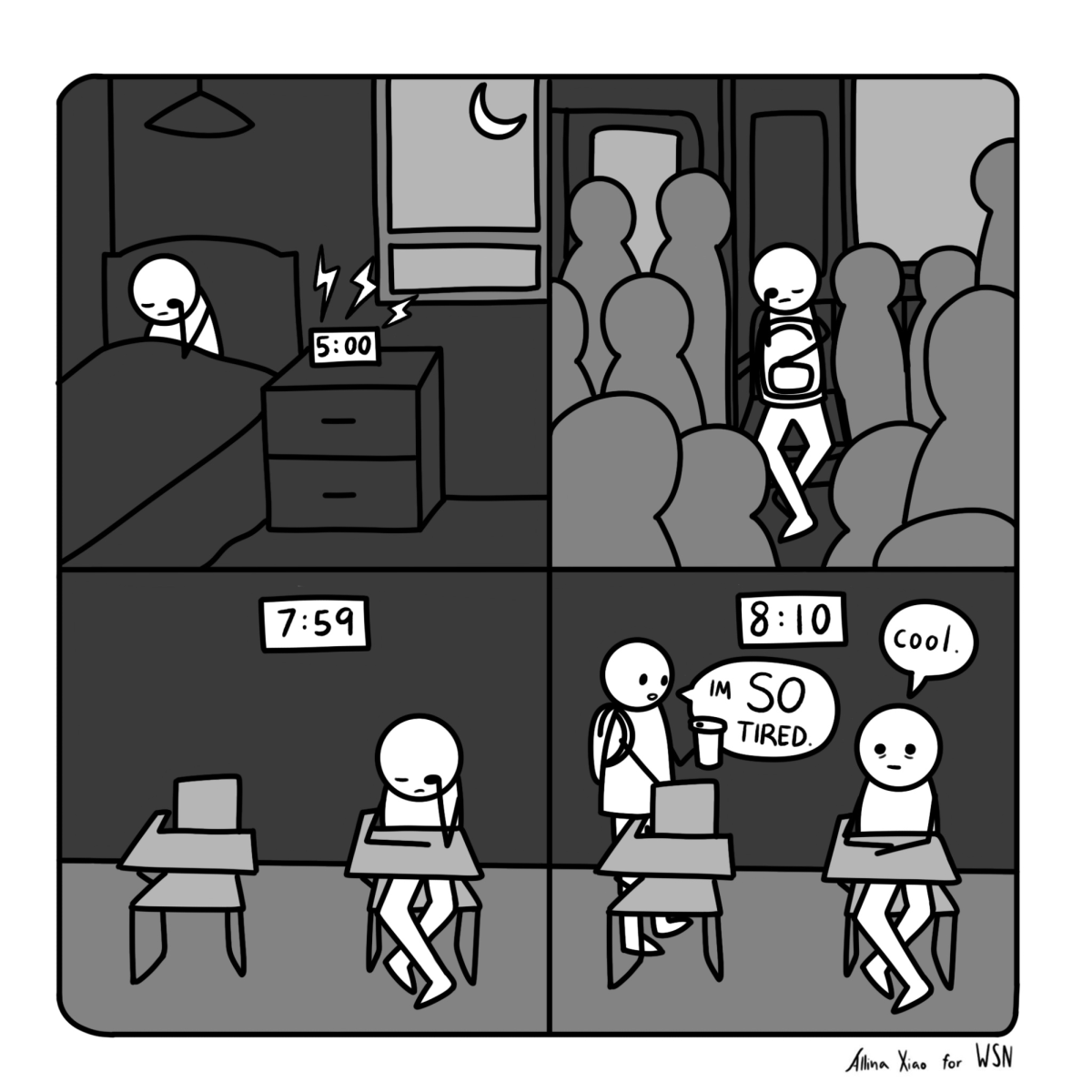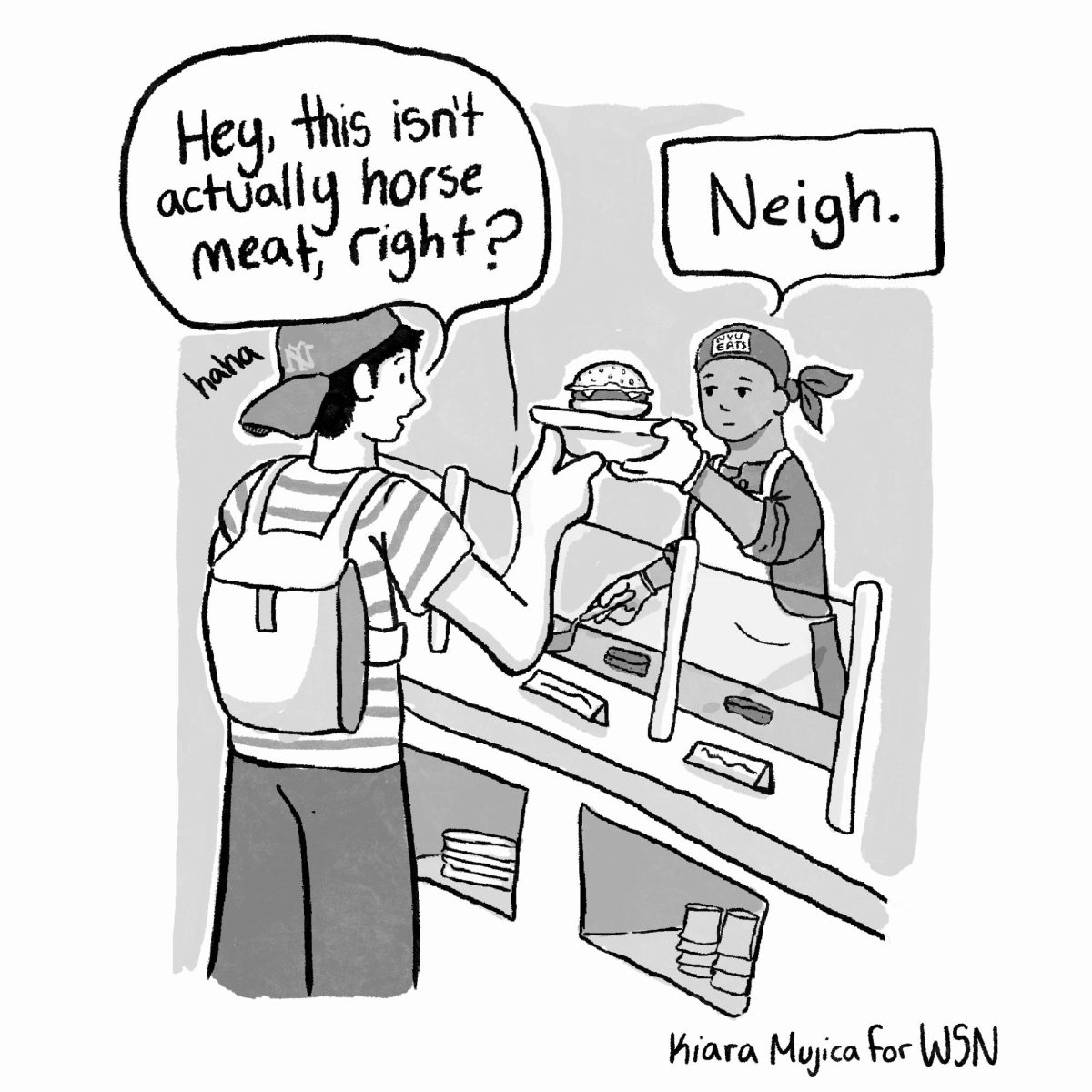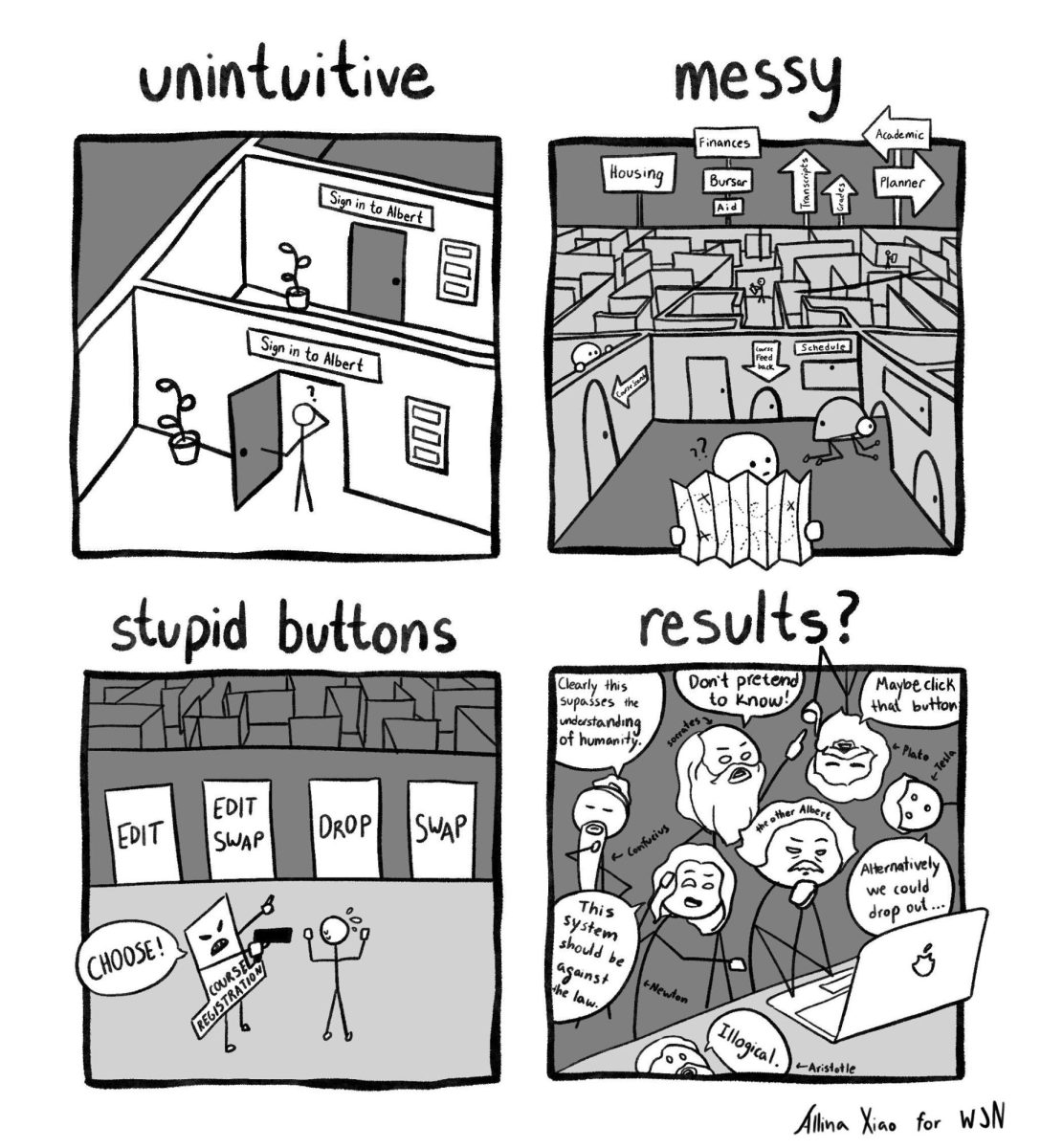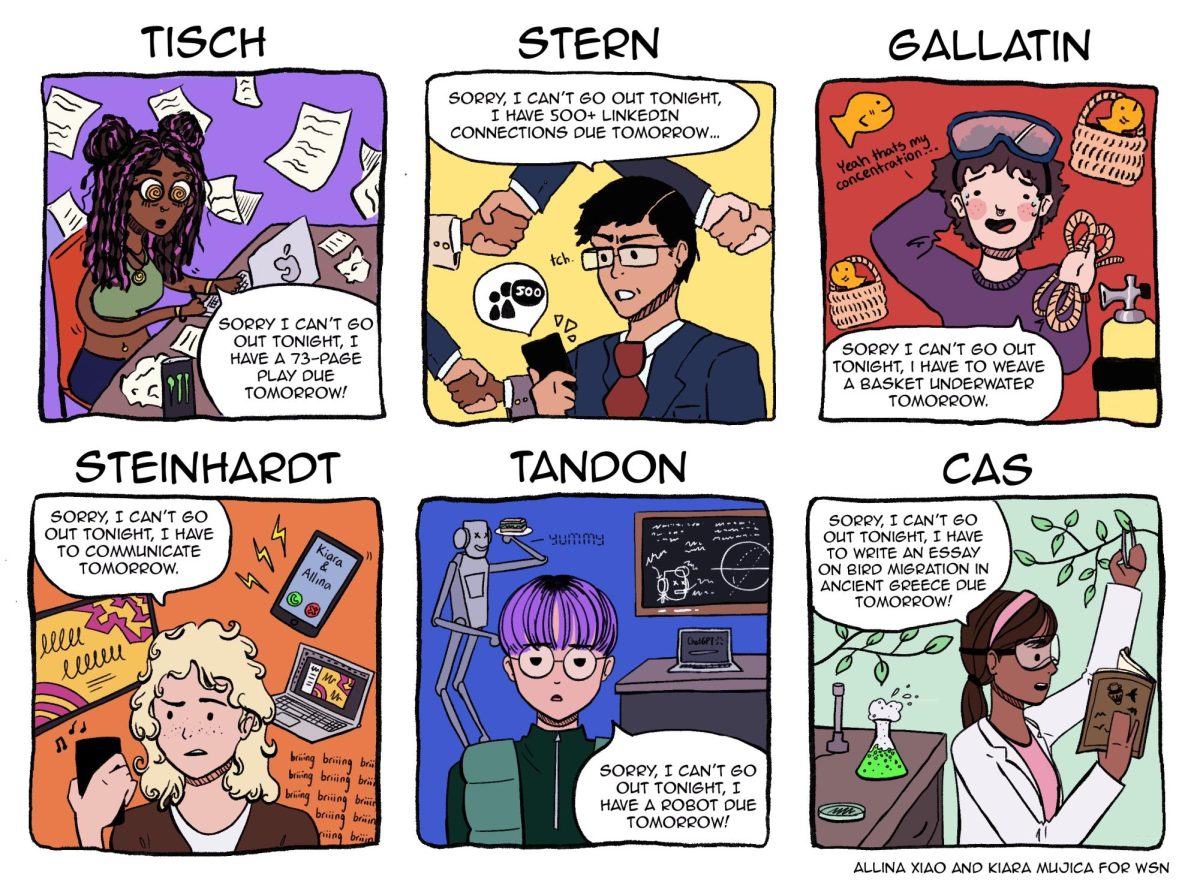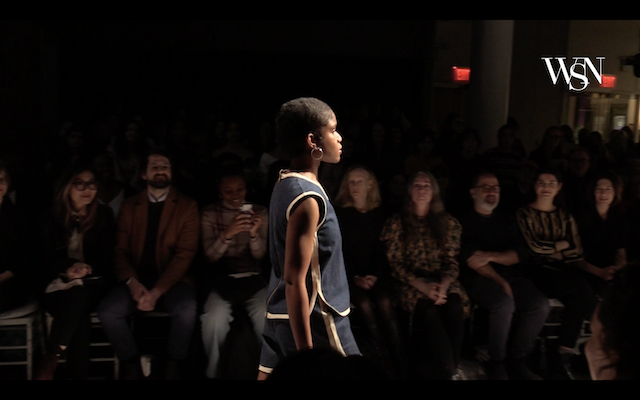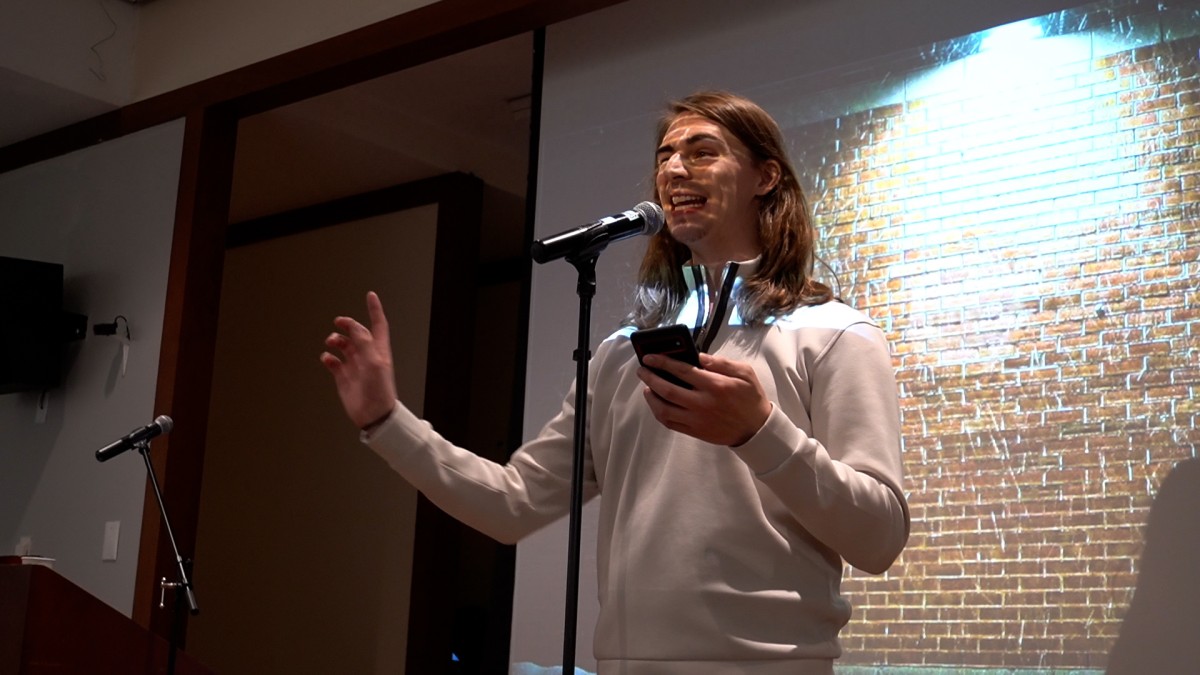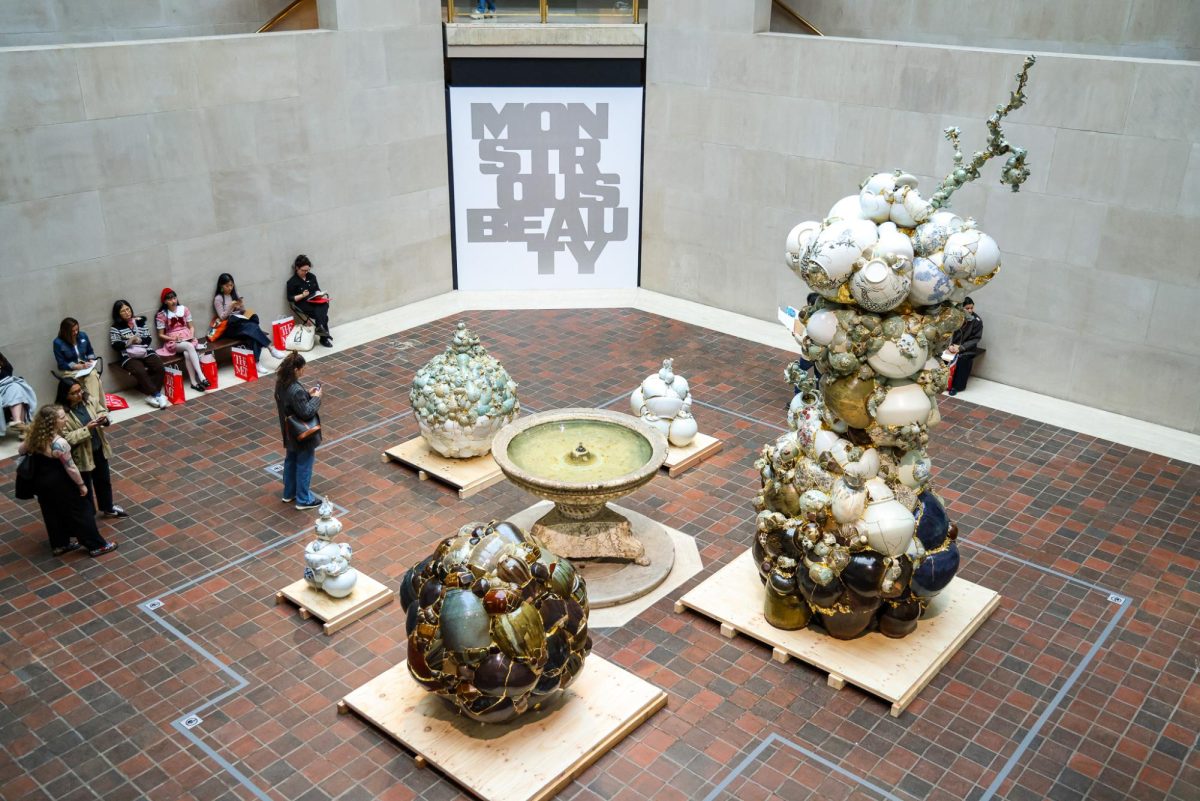Porcelain is delicate, portable and functional. Traditionally, its value is based on the smoothness and clarity of its surface — void of scrapes or cracks. Beyond its shiny, delicate exterior, this material has historically been associated with the female body and qualities of femininity, leading to objectifying stereotypes about women.
When porcelain reached Europe in the 16th century, the Europeans were fascinated by porcelain’s fragility and purity, associating its features with the ideals about women — this grew the Chinoiserie decorative style. These stereotypes, placed on both European and Asian women, are difficult to shatter. Currently on view at the Metropolitan Museum of Art, “Monstrous Beauty: A Feminist Revision of Chinoiserie” inserts contemporary works by Asian and Asian American women artists with historical objects from as early as the 16th century. This exhibition allows the contemporary feminist artists’ work to converse and respond to the oppressive themes in the historical objects, reclaiming their material and their identity.
Approaching the exhibition, the viewer is instantly met with five rocky forms made from broken and reconstructed porcelain objects. The largest of the group, “Translated Vase2017 TVBGJW 1Nine Dragons in Wonderland,” dwarfs the viewer with its 16-foot height. Created by South Korean artist Yeesookyung, this sculpture incorporates a variety of porcelain ware, from large jars to small tea cups. These broken pieces form a cylindrical freeflowing column of porcelain, jutting out and curving as they come together. The base is made of darker tones of porcelain, which are then replaced by pure white pieces with floral blue details moving up the object. At the very top, a collection of smaller seafoam green tea cups branches off from the bulk of white. When Yeesookyung was growing up, she recalls her mother referring to broken porcelain as the loss of a woman’s dignity. Yeesookyung overturns this message in her work. The cracks that bring the porcelain pieces together are highlighted with 24-karat gold leaf. The artist broadens the meaning of beauty. There isn’t any attempt to conceal imperfection, it is presented proudly.
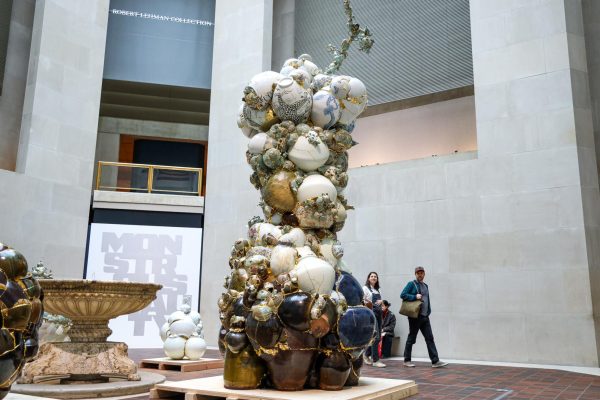
Another otherworldly structure, NYU alum Heidi Lau’s work, “From the Heart of the Mountain Anchored the Path of Unknowing,” adorns the form of a vertebrae with recreations of the decay found on shipwrecks. When porcelain became a luxury commodity, Europeans grew increasingly worried about the possibility of shipwrecks when transporting their investments. Porcelain and shipwrecks caused Europeans great anxiety — mysteries that they wanted to control. With the eight sections stacked, Lau’s piece creates the spine of a large oceanic creature. Jade green tones highlight the decaying elements of the object and other organic shapes. Through this sculpture, Lau presents curiosity for the relationship between living beings and nature. The artist cleverly uses the medium of ceramic and the motif of a shipwreck, playing on European anxieties and transforming them into a vehicle to express her culture. While growing older is normally associated with a loss in attractiveness, Lau turns natural decay into something beautiful.

Diving deeper into the unknown, Lee Bul’s “Monster: Black” contrasts eerie limbs with glamorous sequins. Seven feet tall, this sculpture’s branches entangle with each other, with the ends creeping and reaching out at the edges. The top of the figure forms a large limb that slumps over to the side. Rather than the harsh wood material of a tree that these shapes evoke, the piece is surfaced with malleable, shiny fabric. The fabric turns the eerie extremities into objects that are both beautiful and striking, resisting categorization into one fixed stereotype.
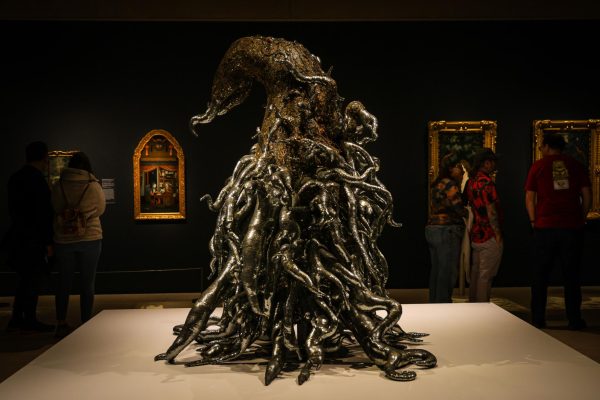
Finally, Patty Chang’s video “Melons (at a loss)” is unsettling and demands attention. In this video, Chang places a porcelain plate on her head and raises a knife to her left breast. Cutting a slide out of it, she reveals that it is actually a melon. She scoops the contents of the melon with a spoon and eats them while she recounts a story of sexual violence. This video is both hard to watch and impossible to look away from. It strikes the perfect balance of fear and curiosity in the viewer. Through her absurd dismembering of the body, Chang exposes the European’s hypocrisy of associating porcelain with politeness when acquiring it frequently involves violence against women. Chang’s loud monologue and strong performative movements declare a strong presence within the exhibition space, asserting that the violence against Asian women’s bodies can’t be ignored.
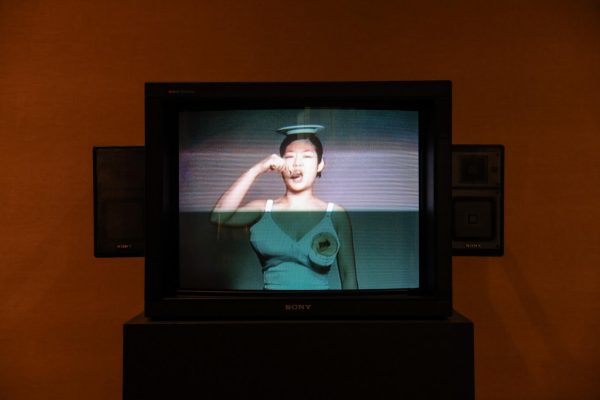
“Monstrous Beauty: A Feminist Revision of Chinoiserie” allows contemporary Asian and Asian American women artists to regain agency in presenting their cultural and gender identities. They shatter oppressive stereotypes. When porcelain is broken, it doesn’t become worthless, it becomes a powerful, sharp weapon to uproot injustice.
“Monstrous Beauty: A Feminist Revision of Chinoiserie” is on display at the Met through Aug. 17, 2025. Admission is pay-what-you-wish for NYU students with ID.
Contact Siobhán Minerva at [email protected].






